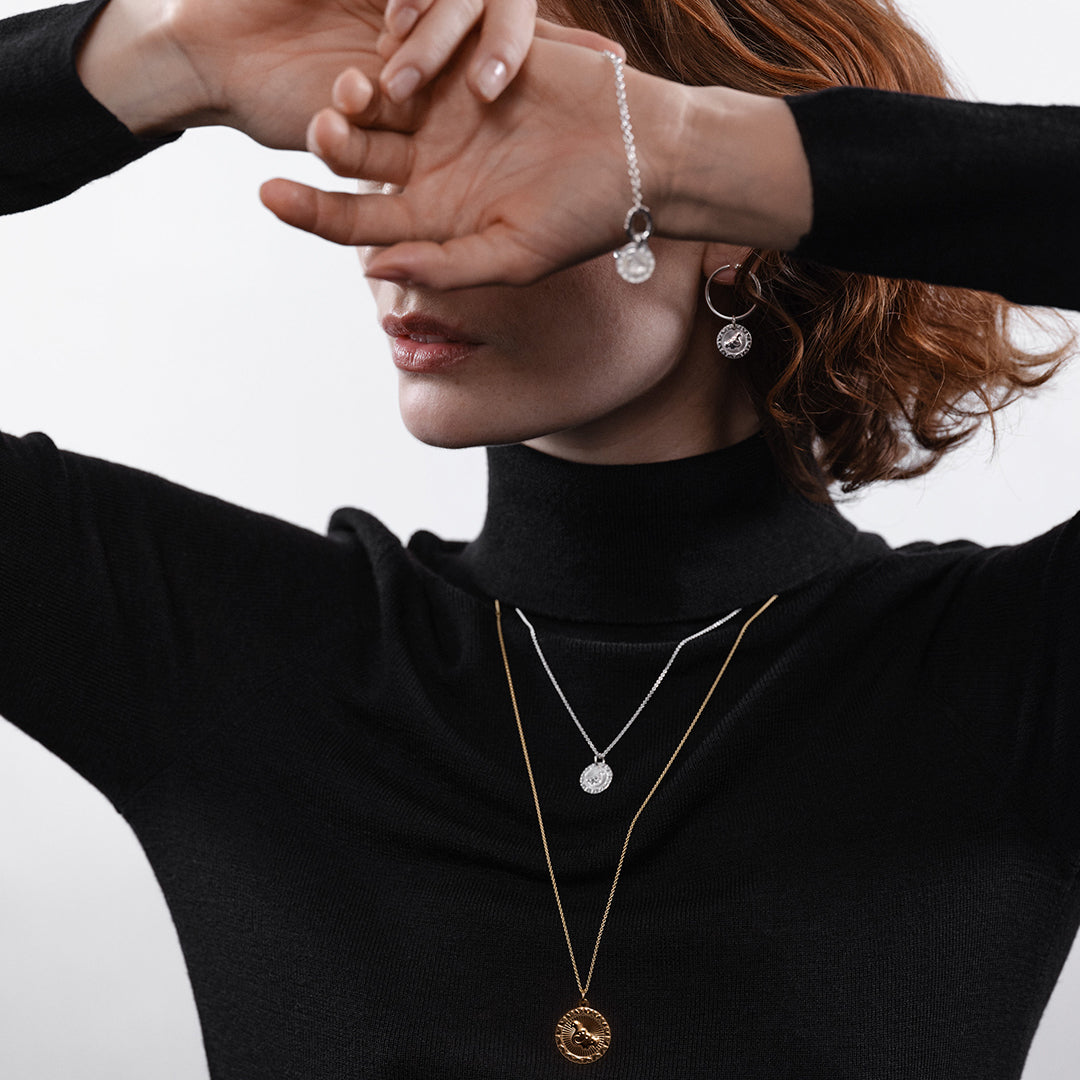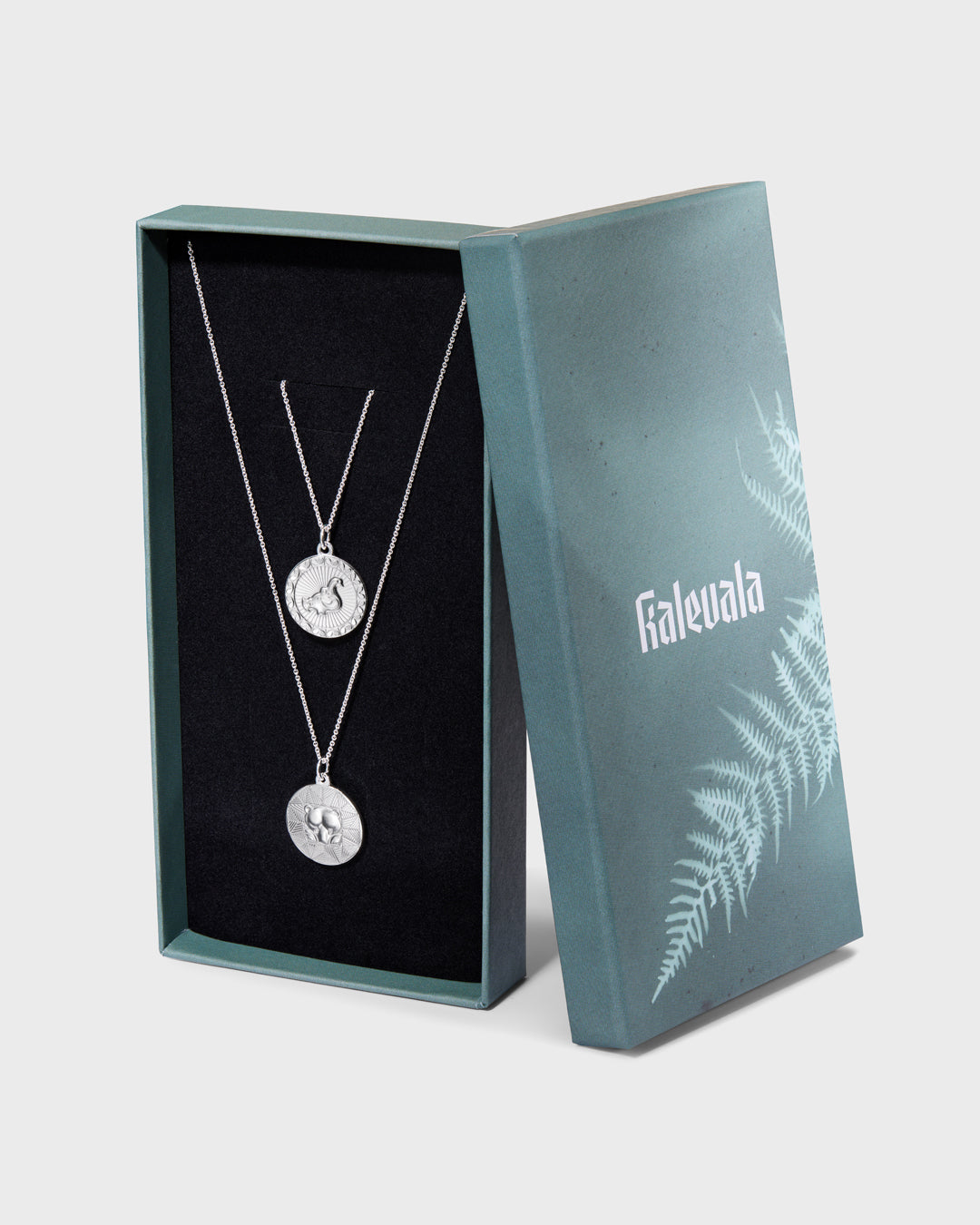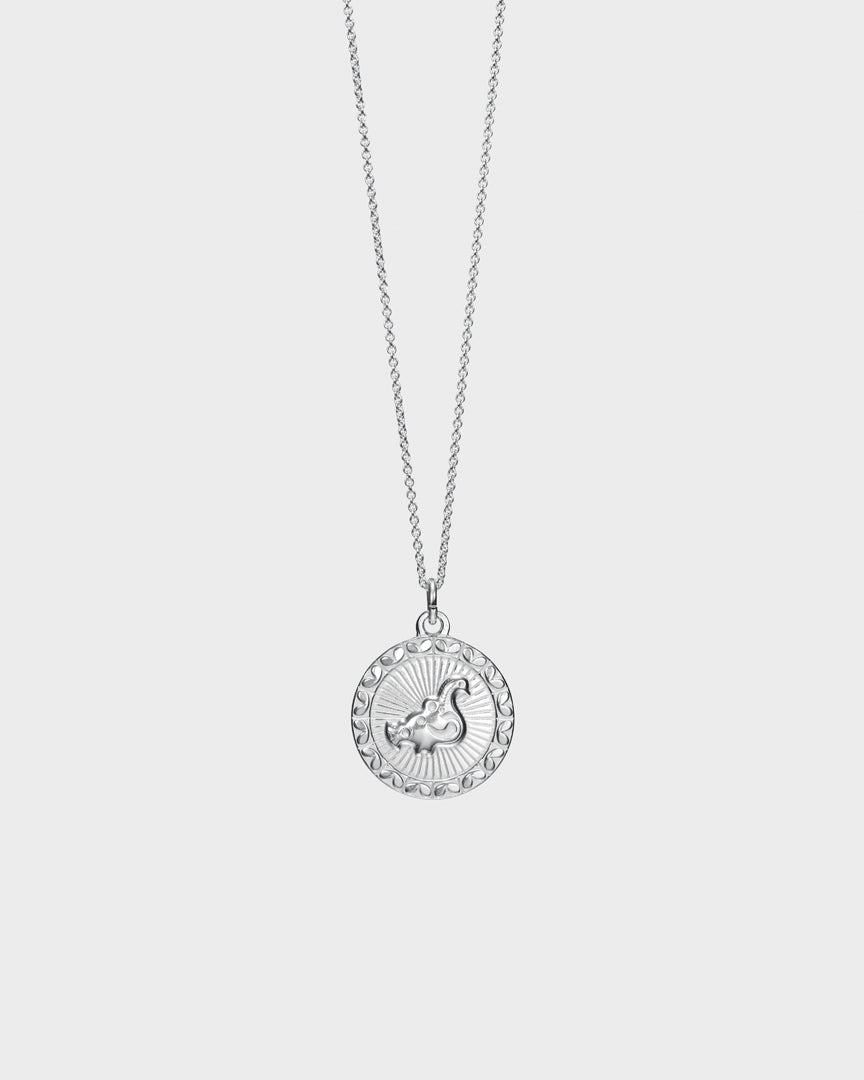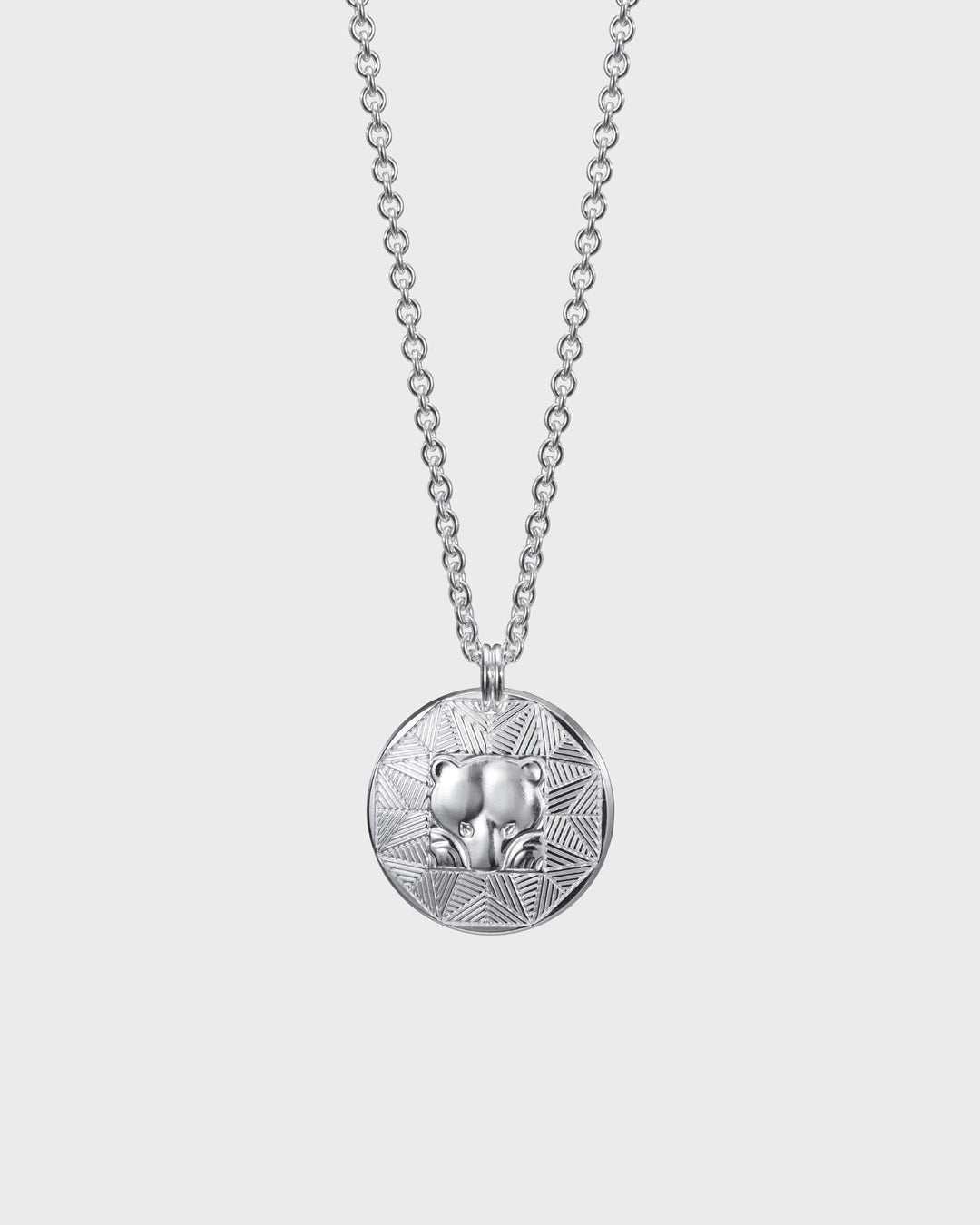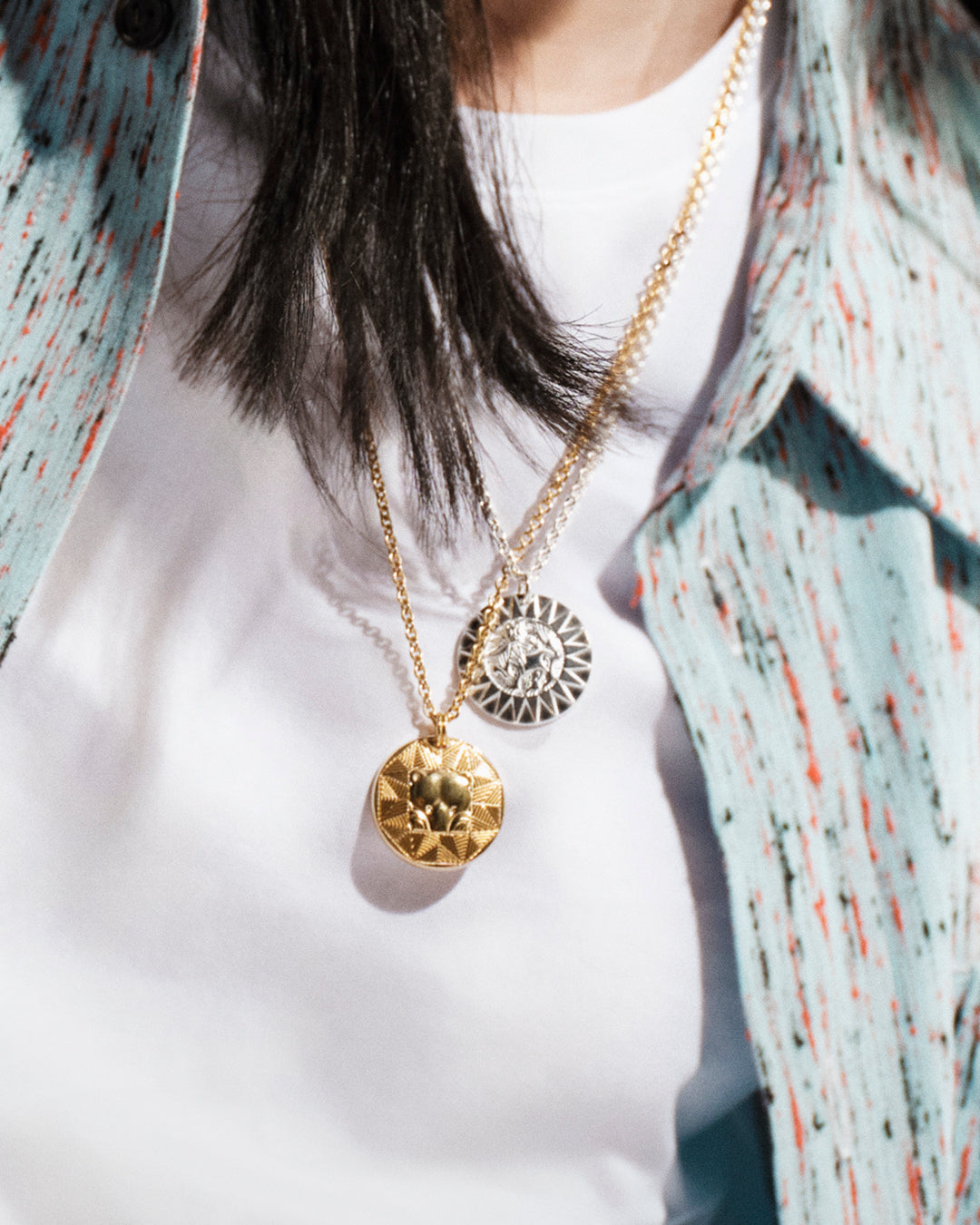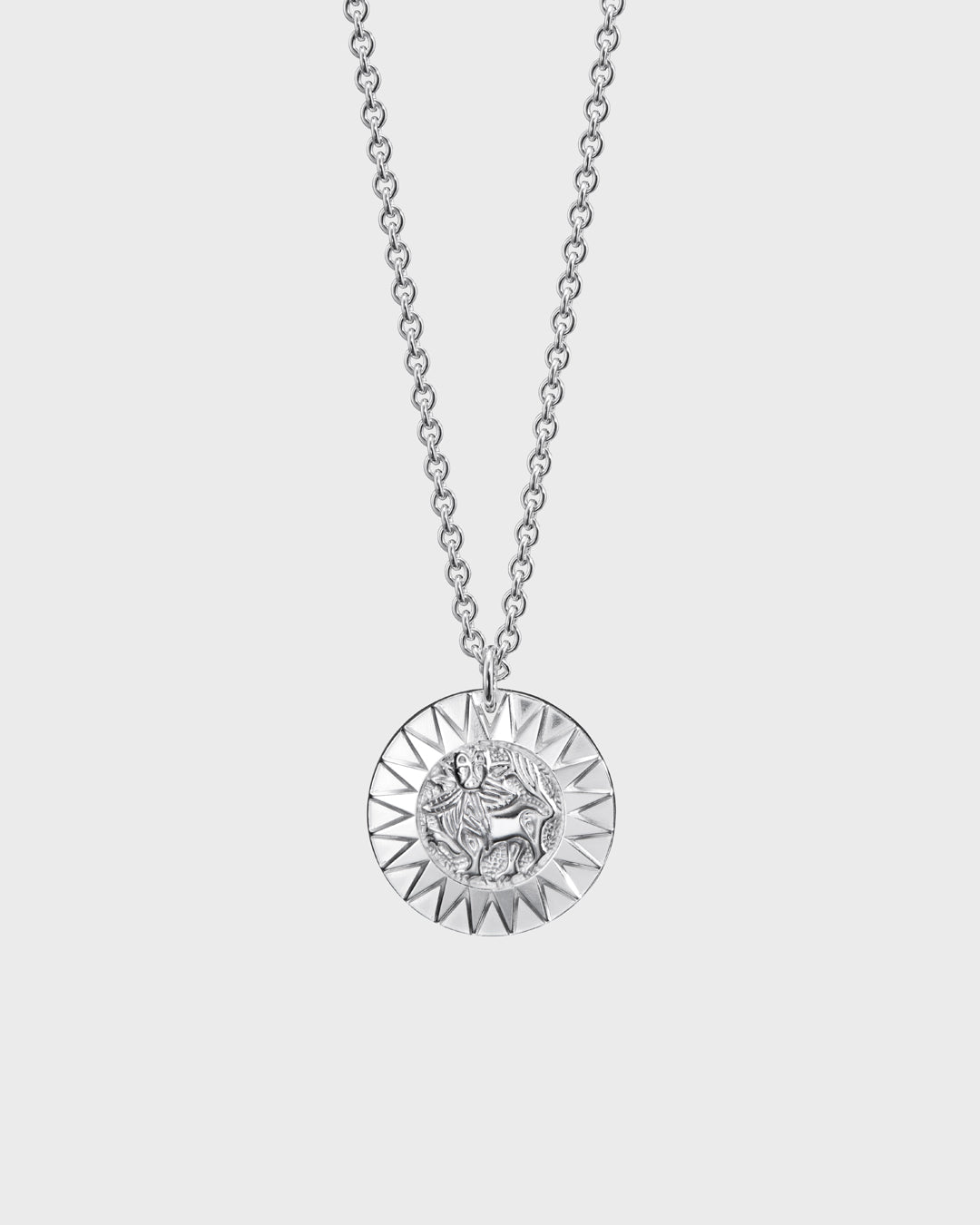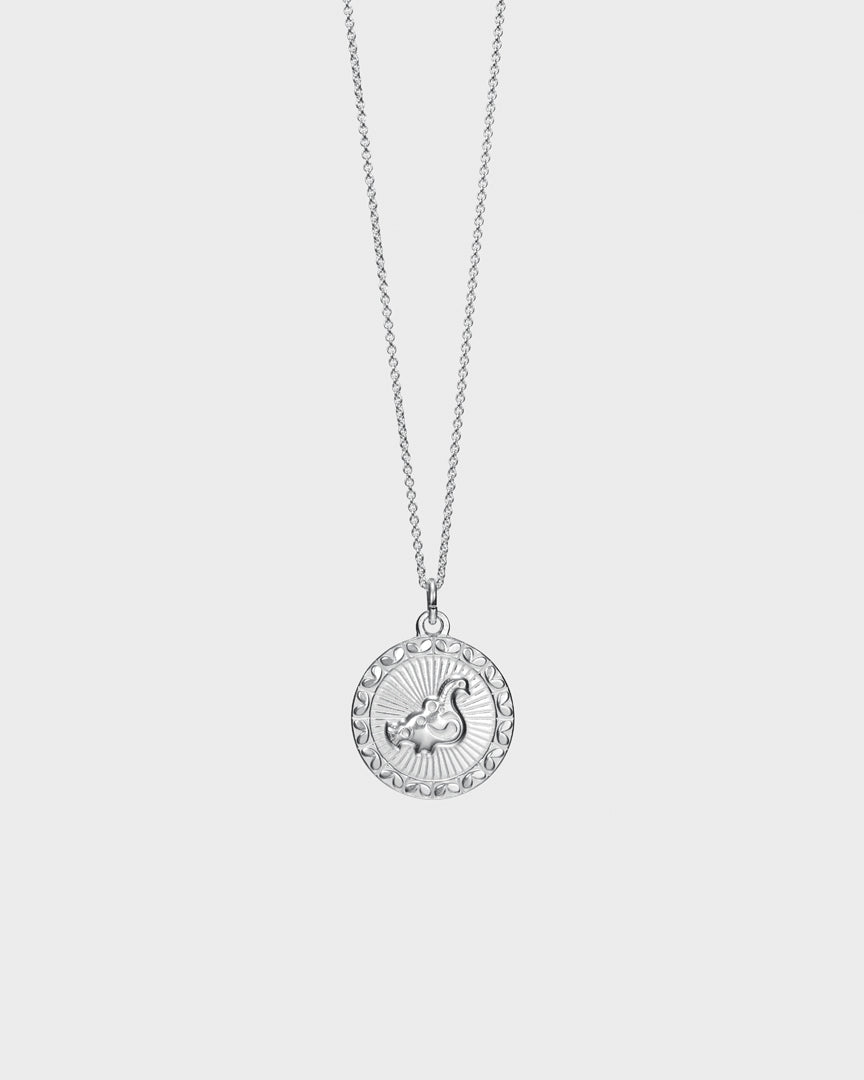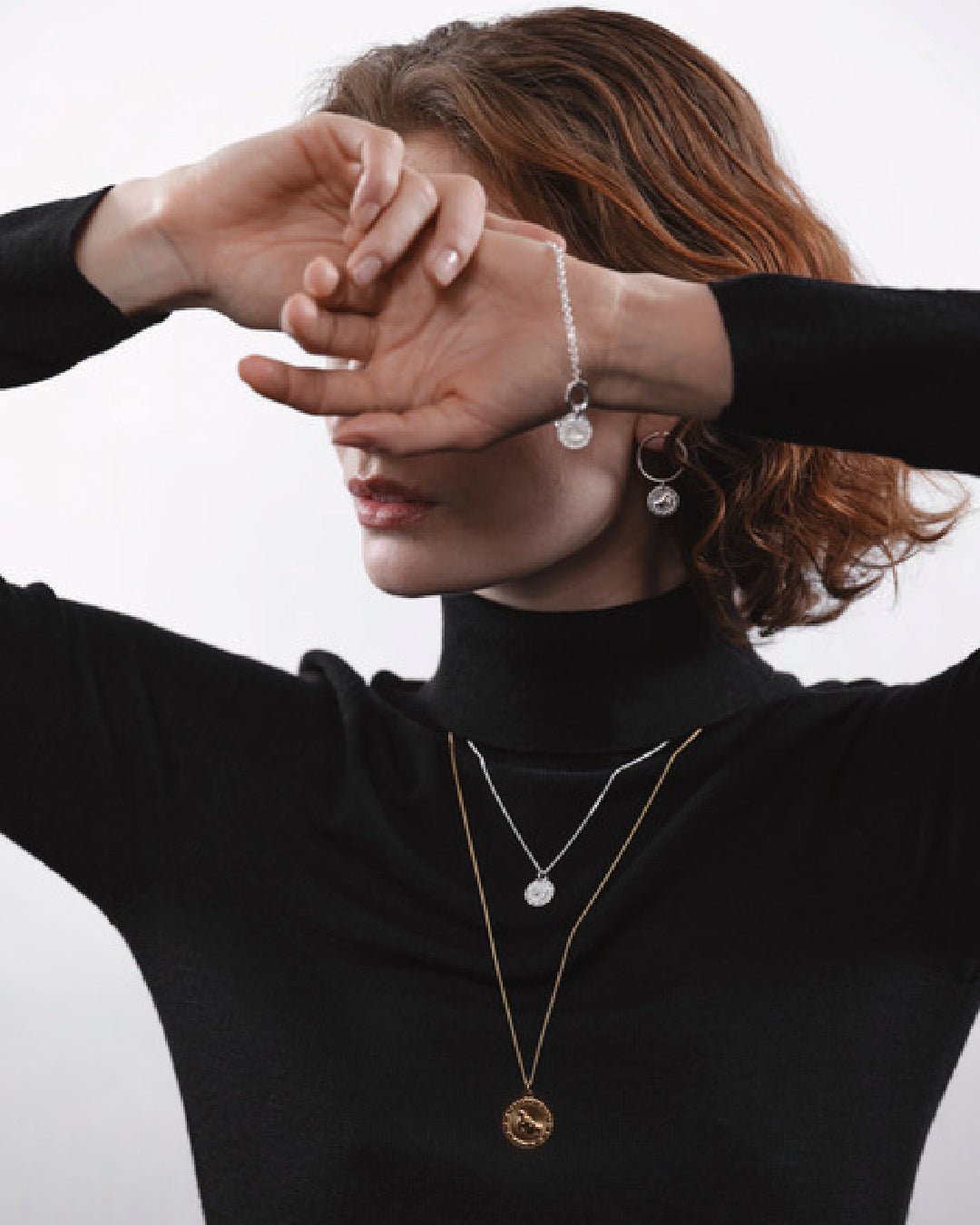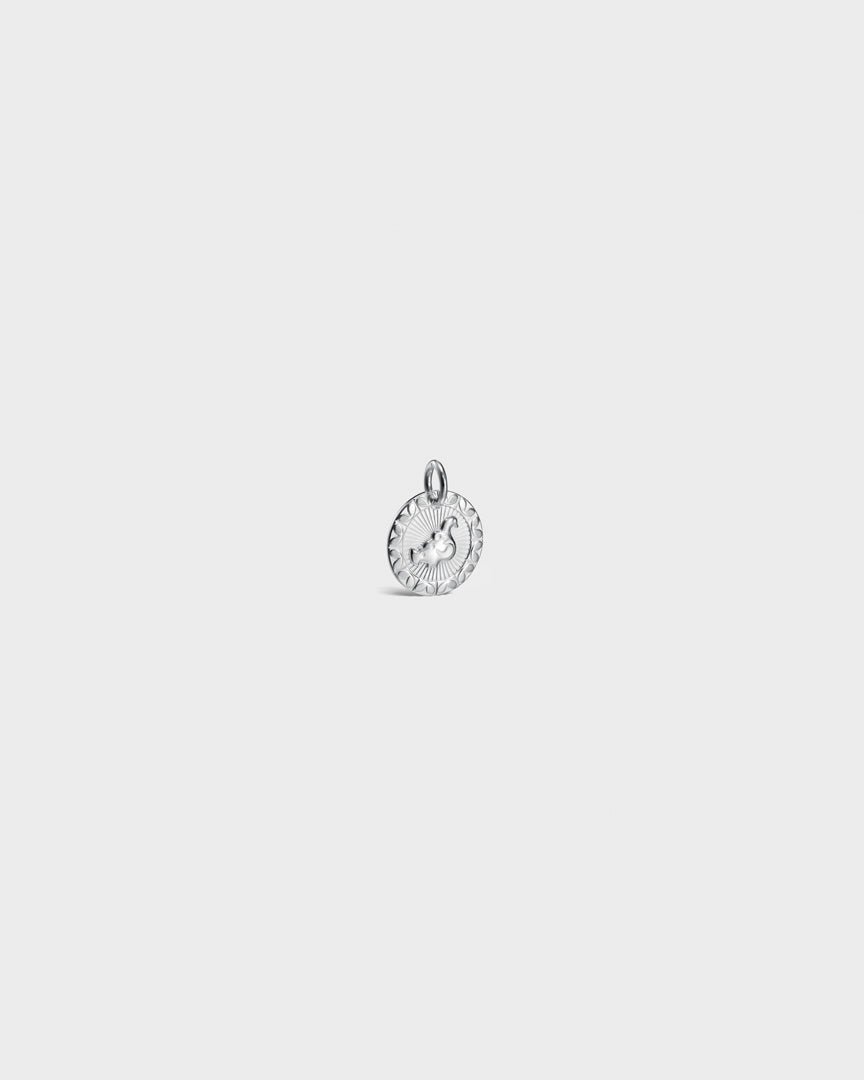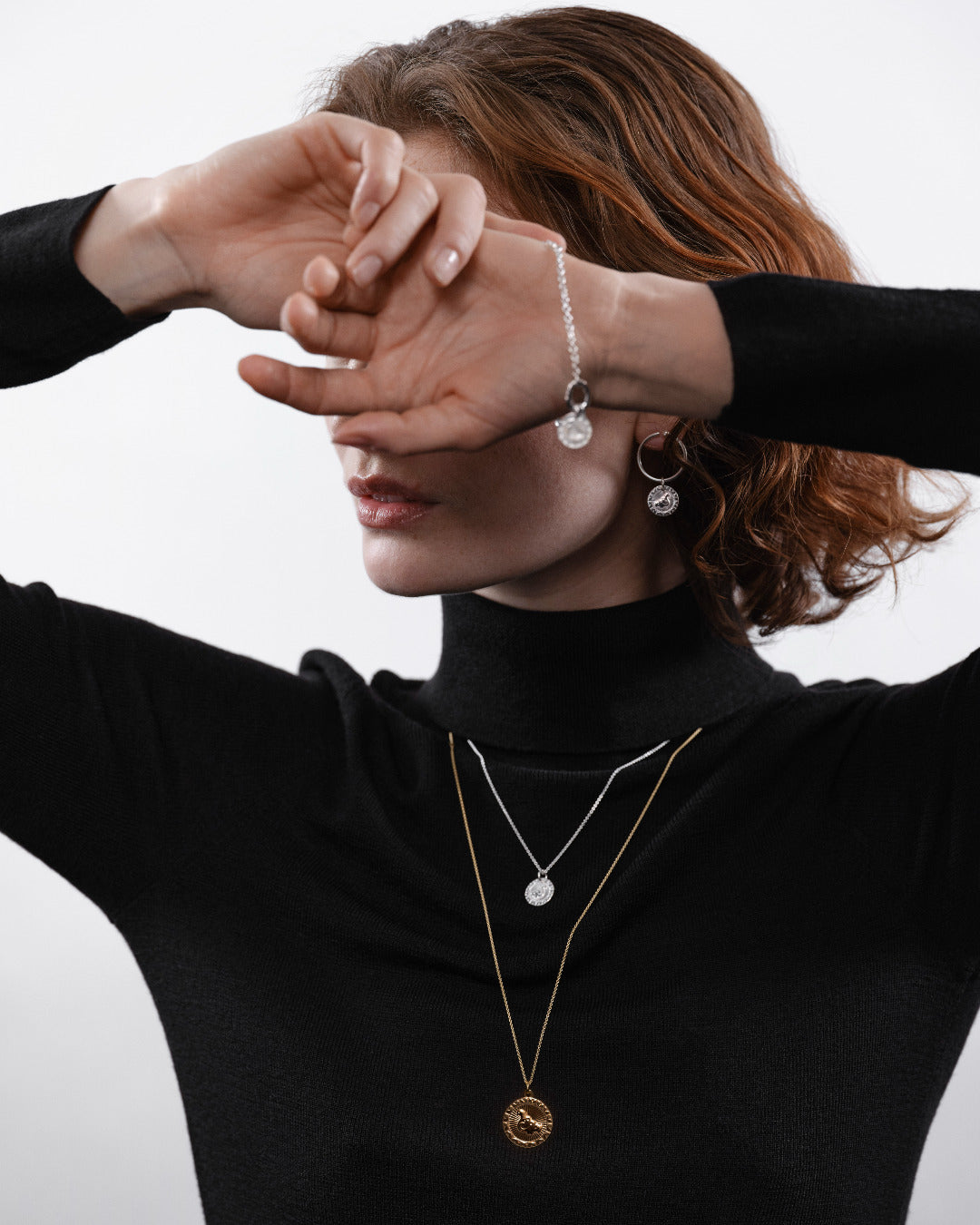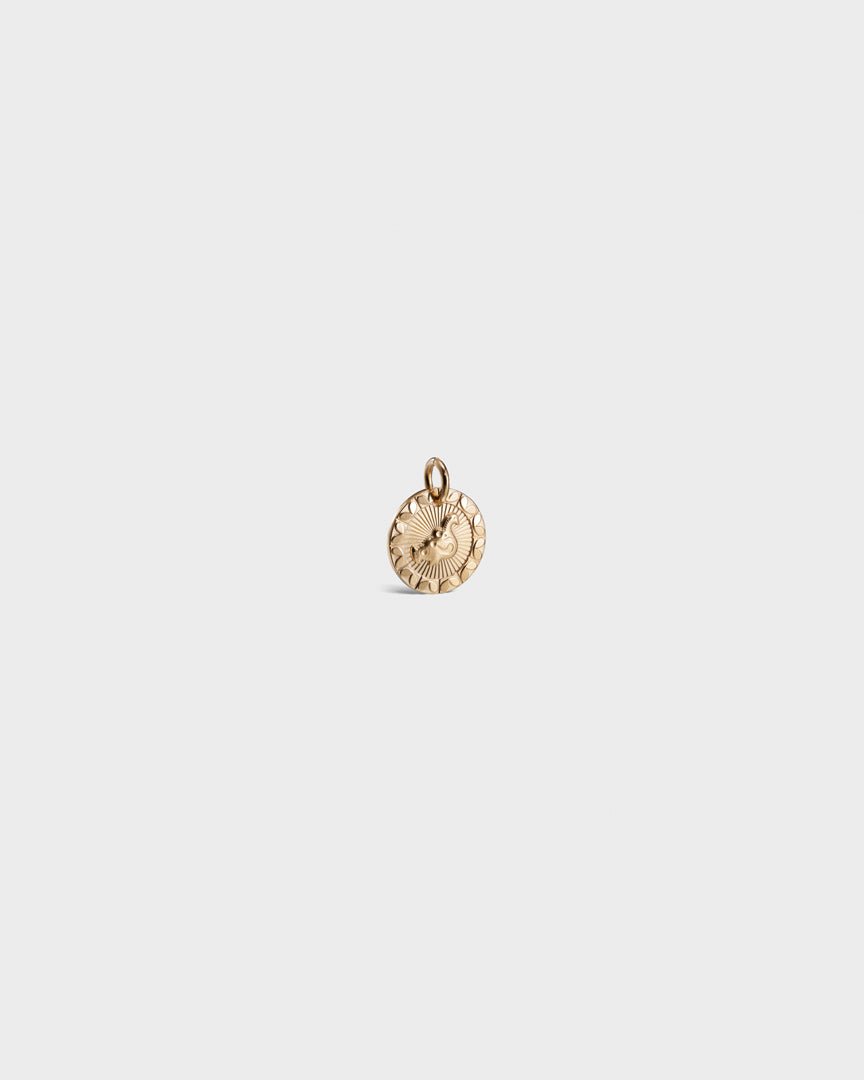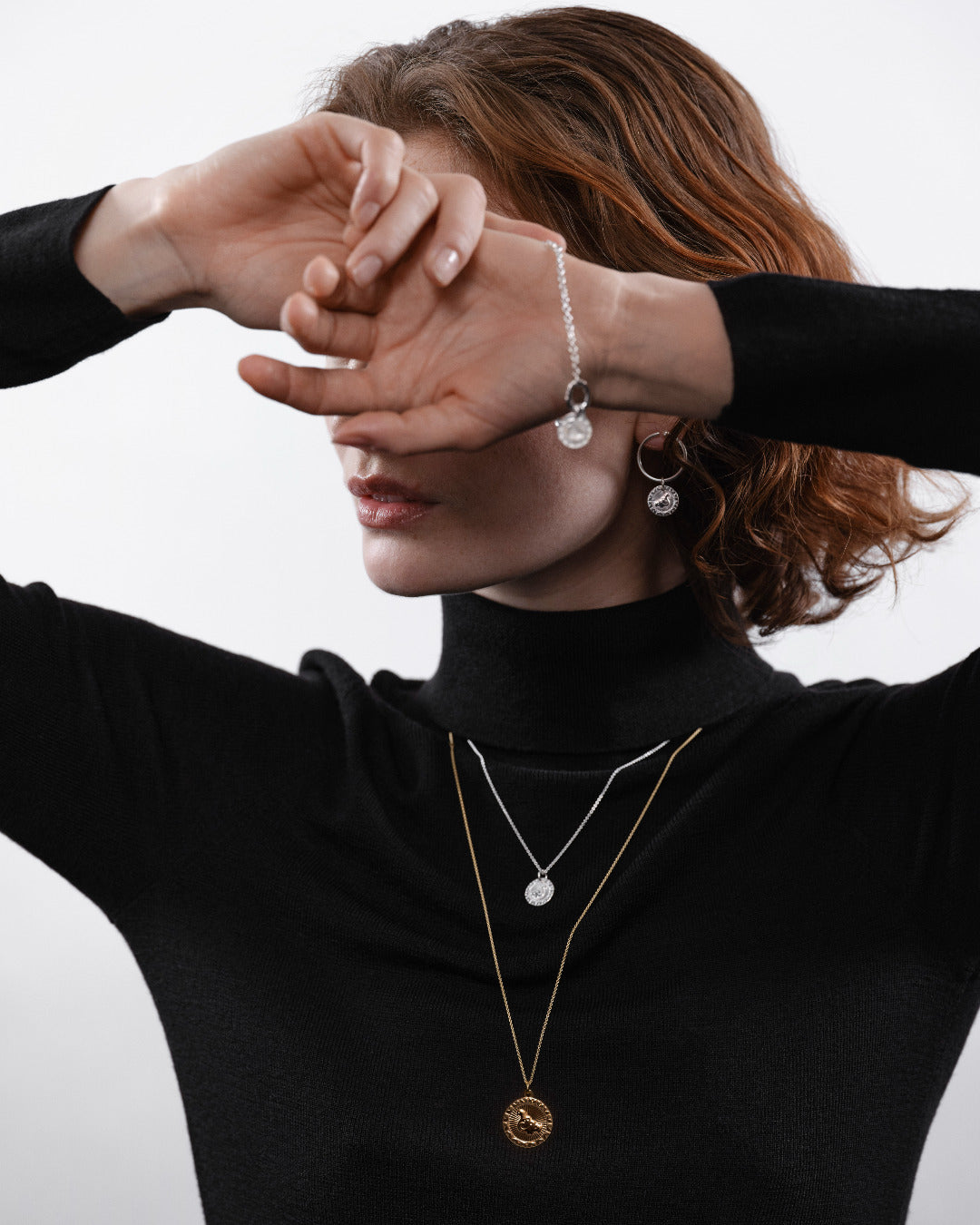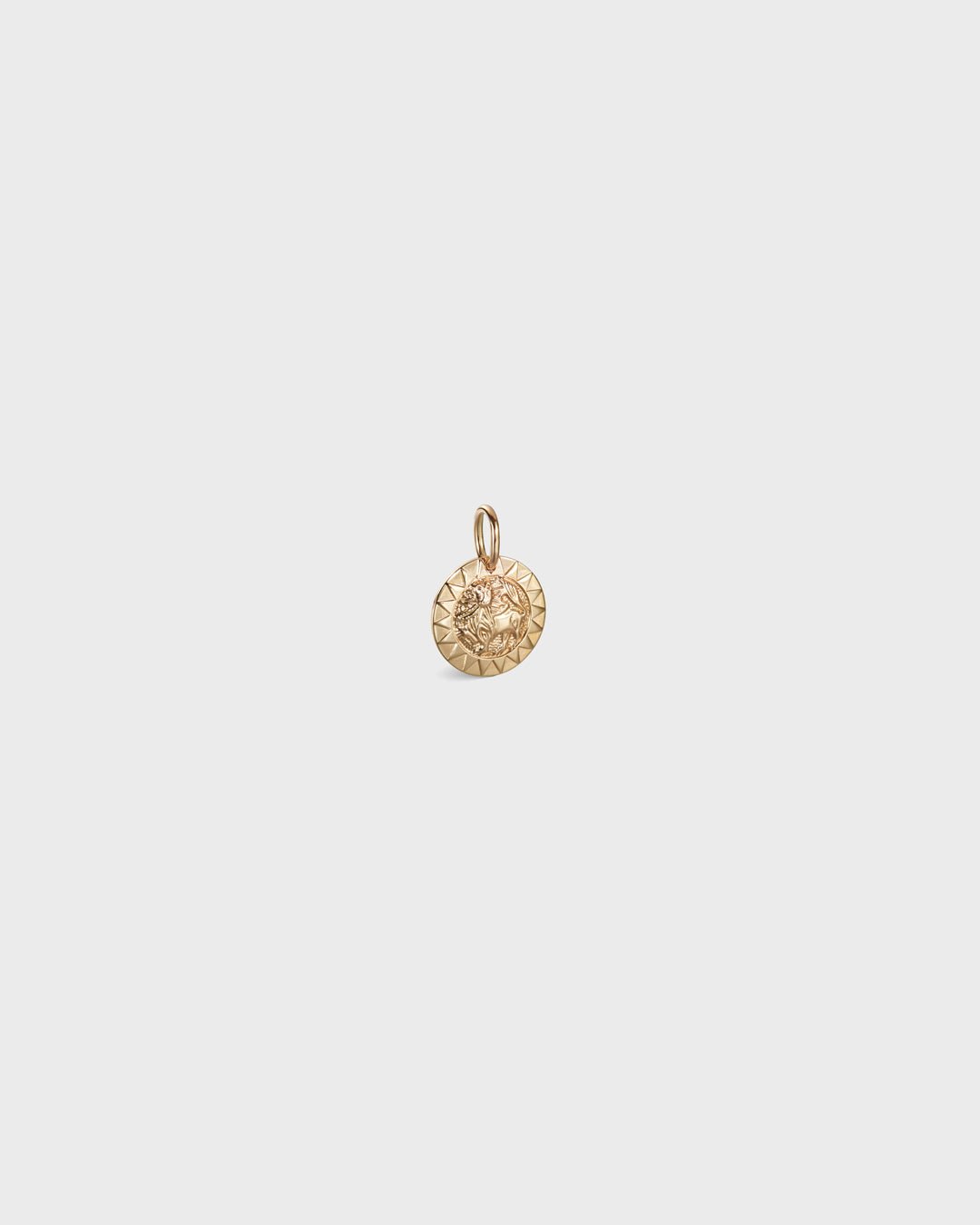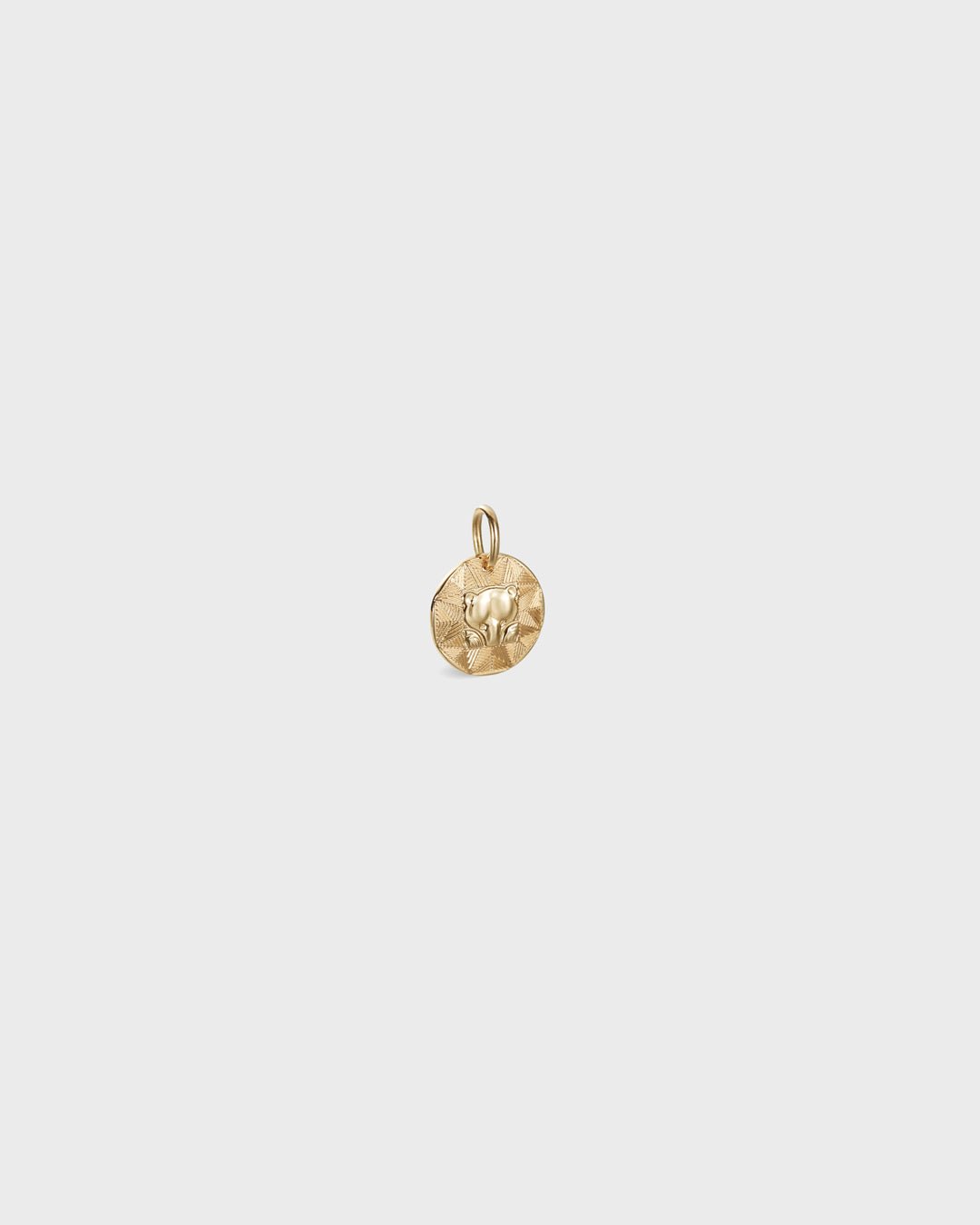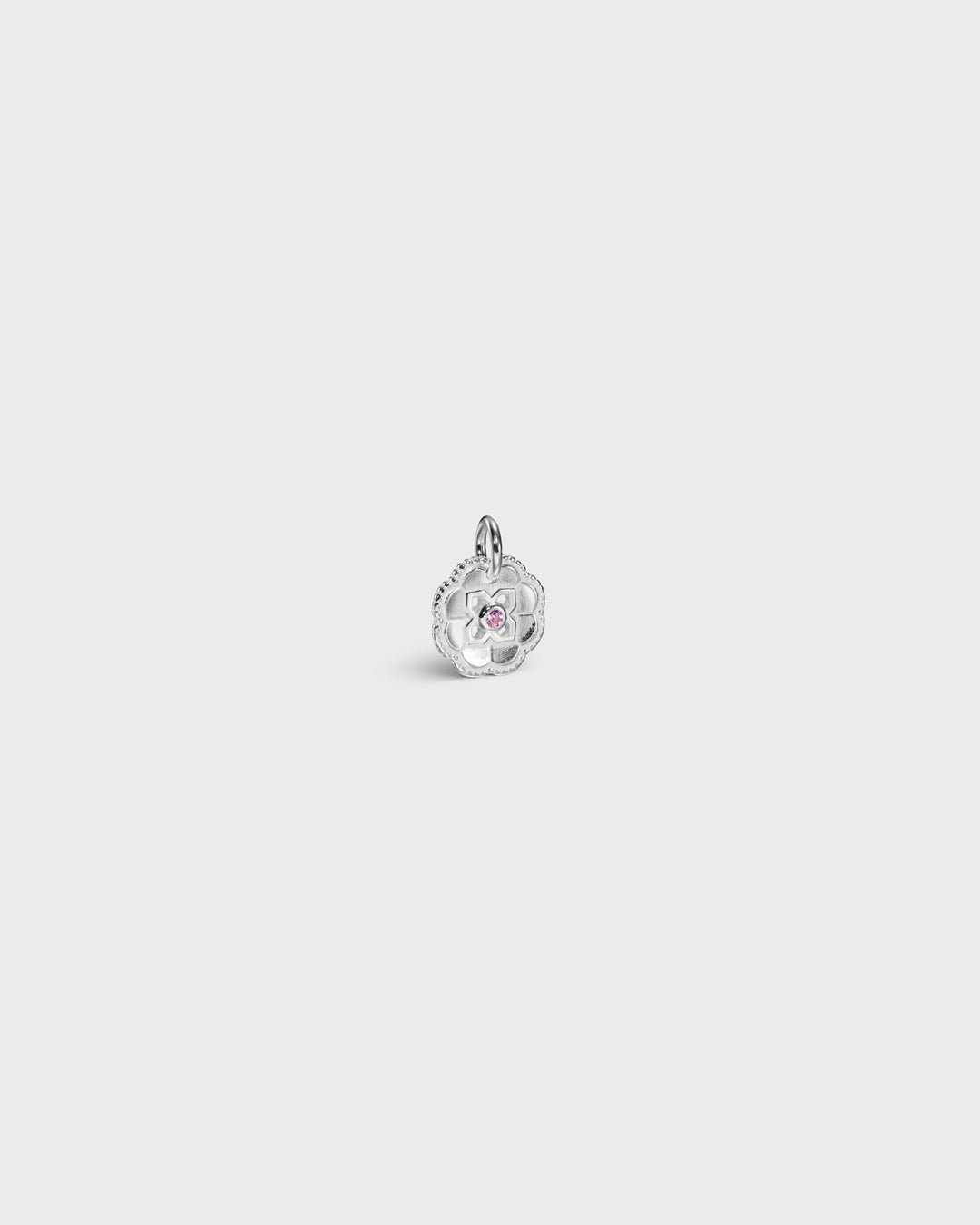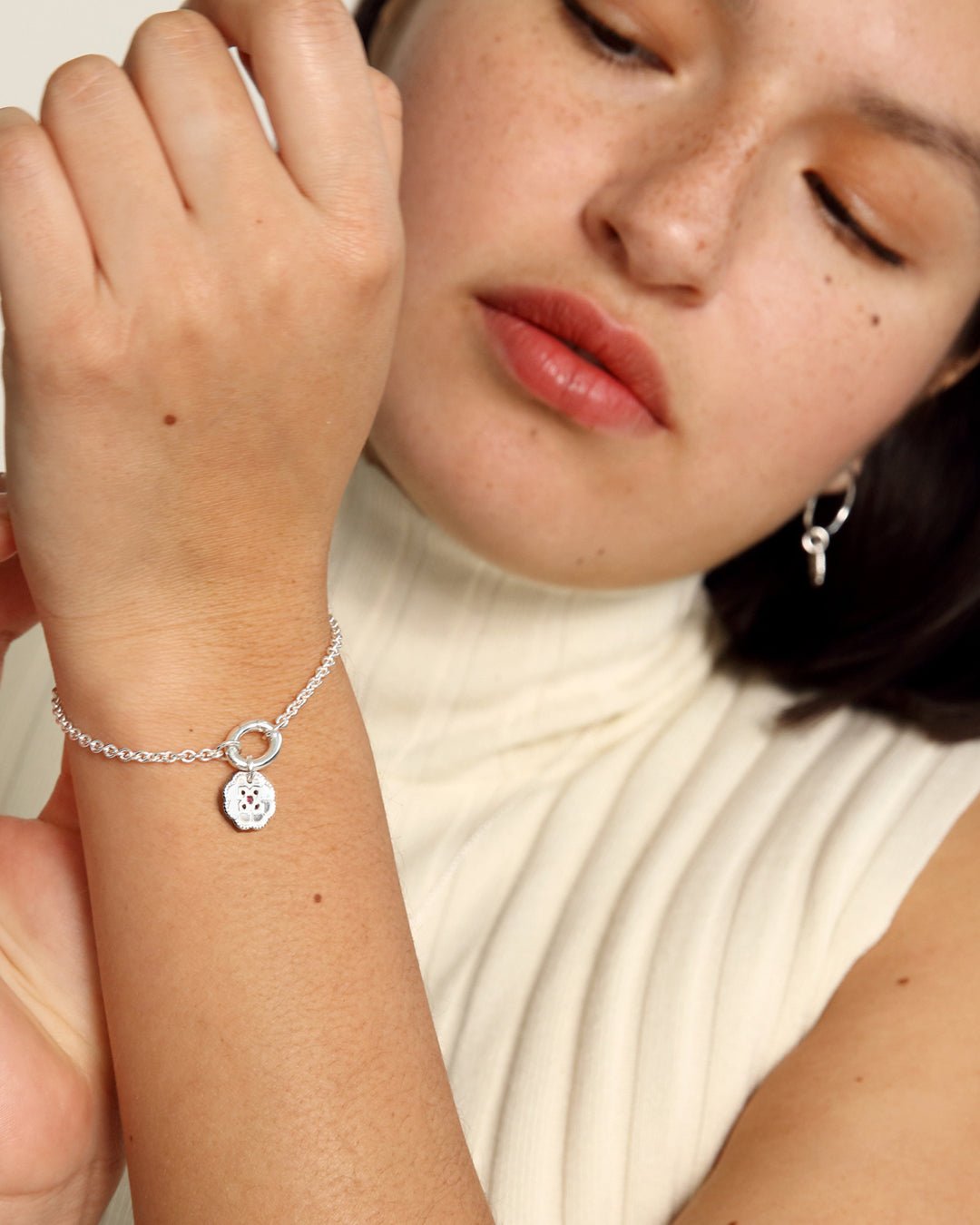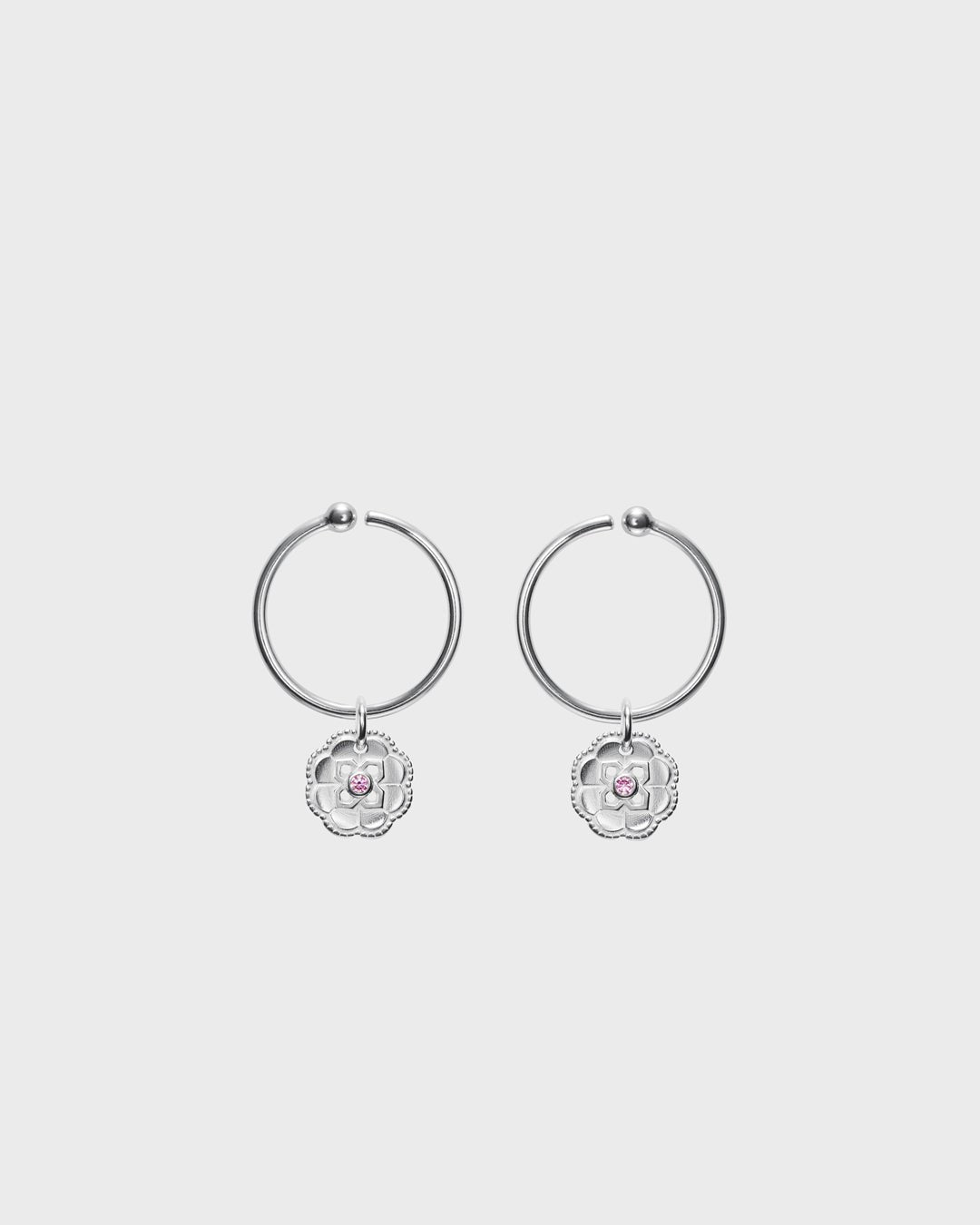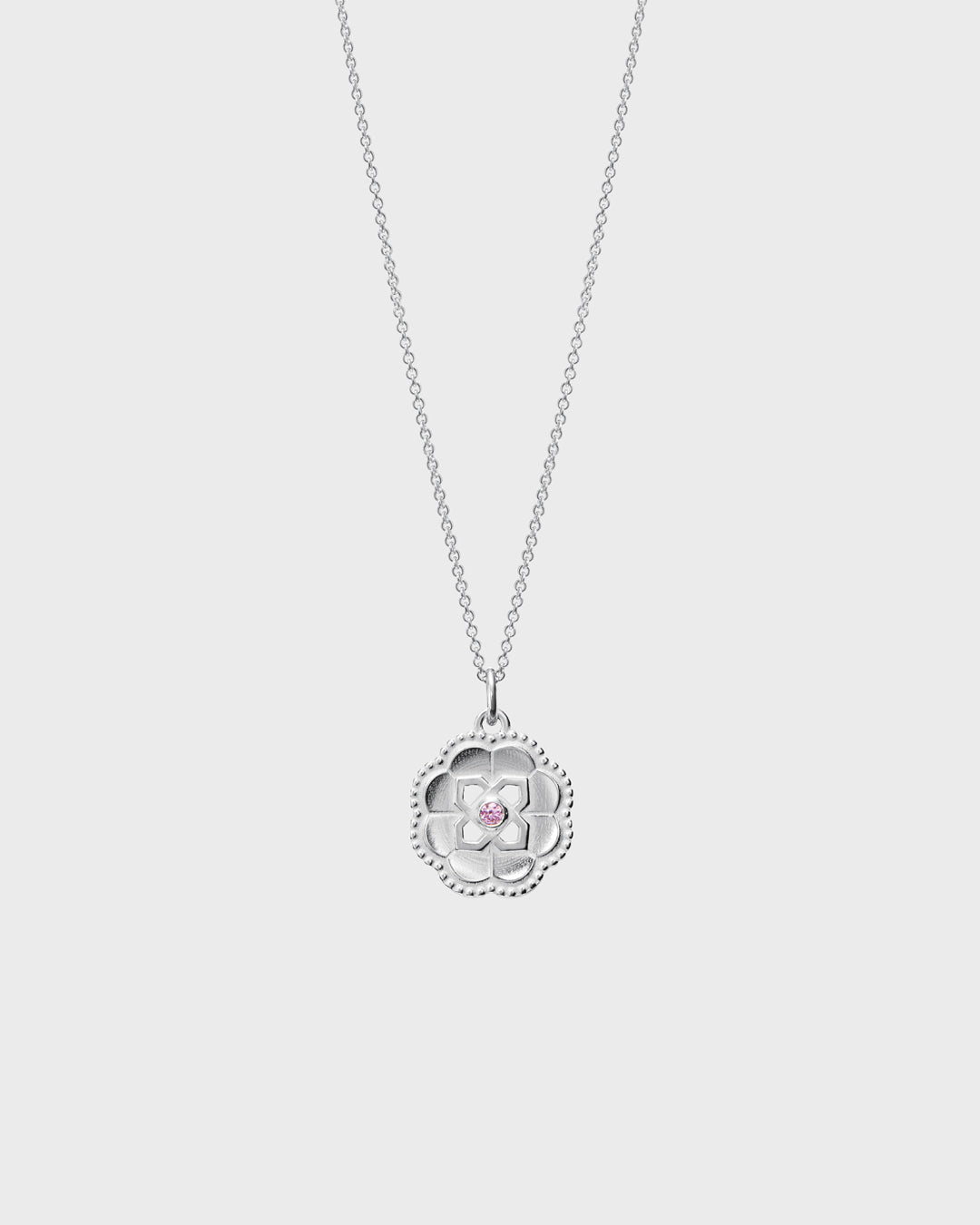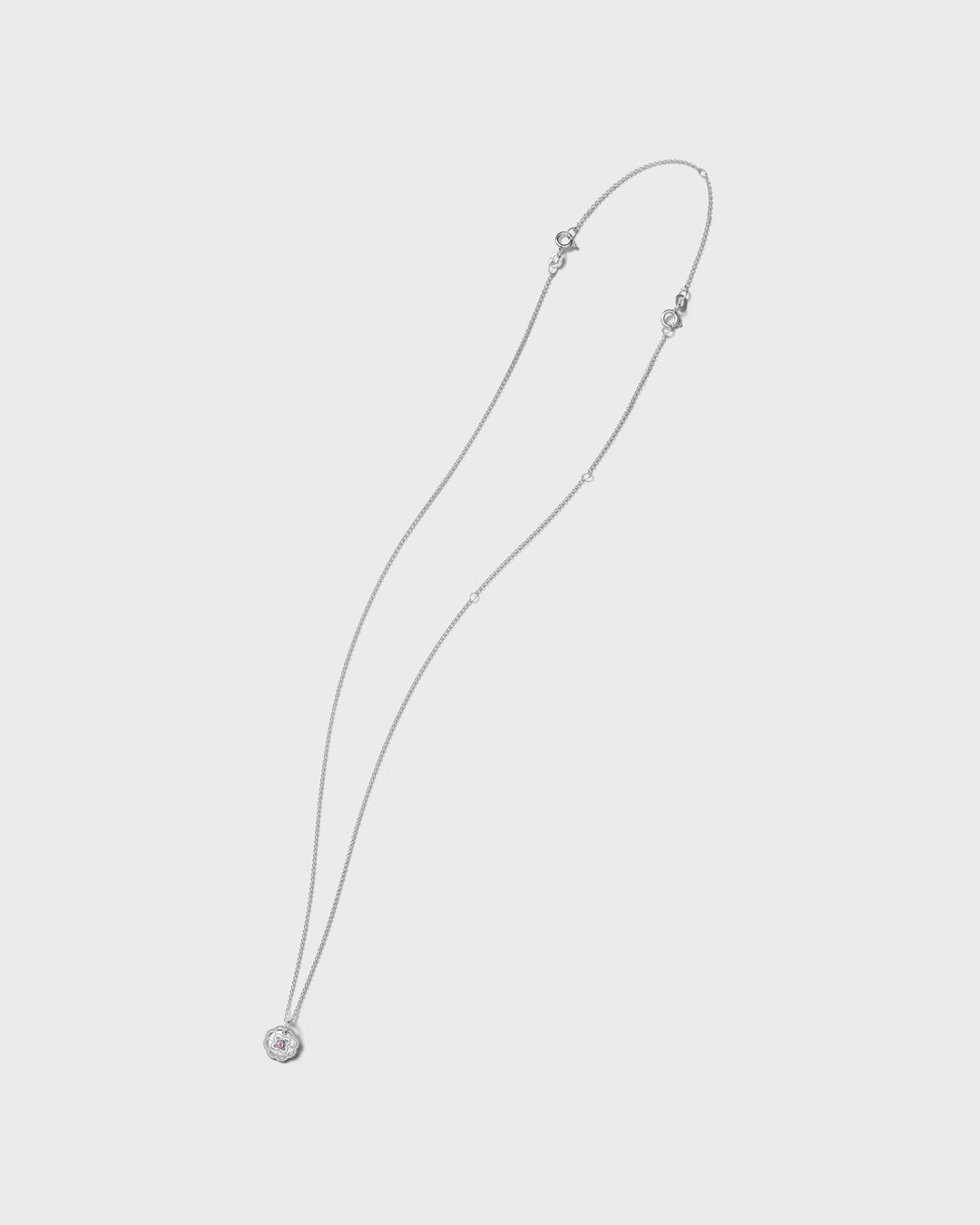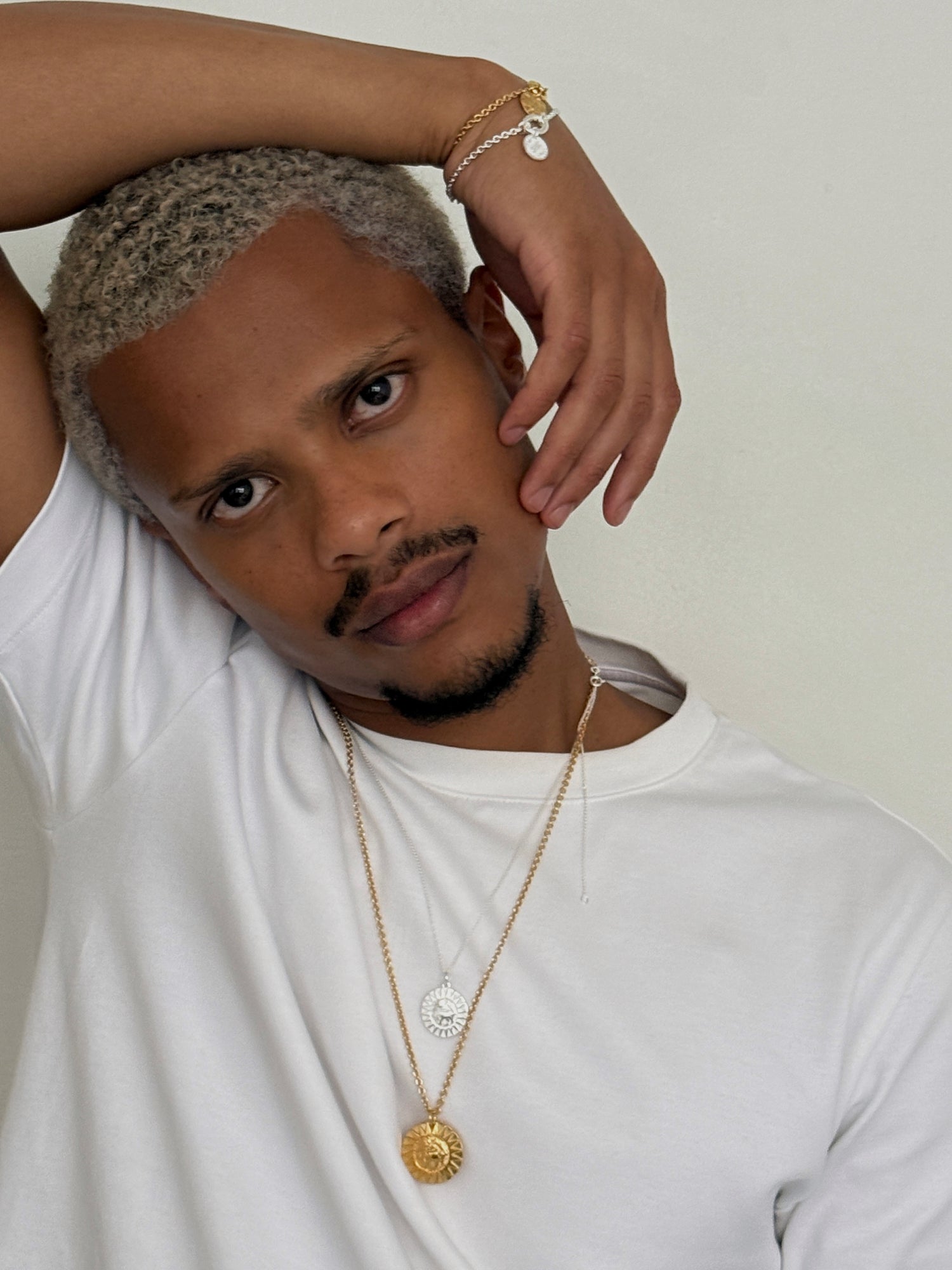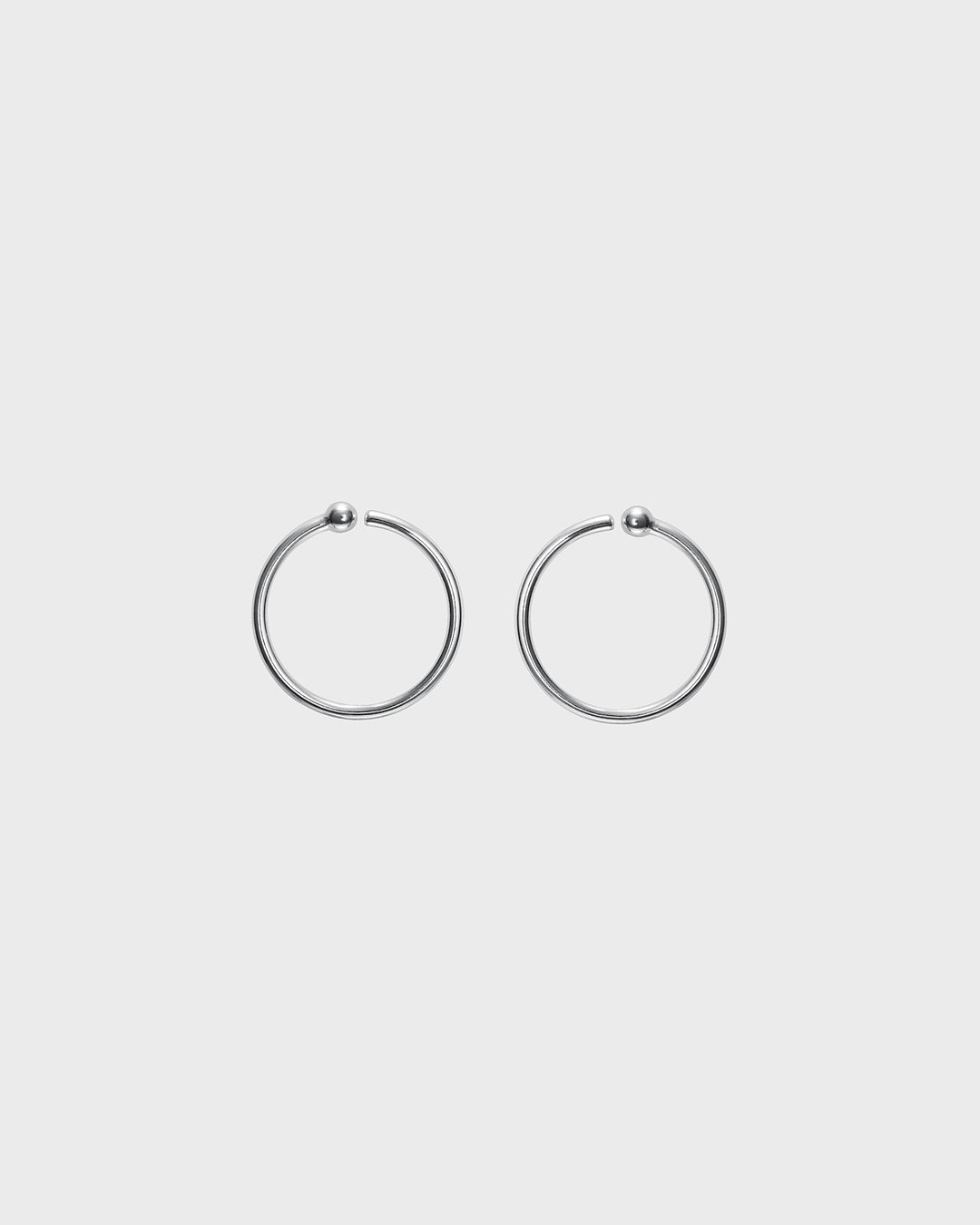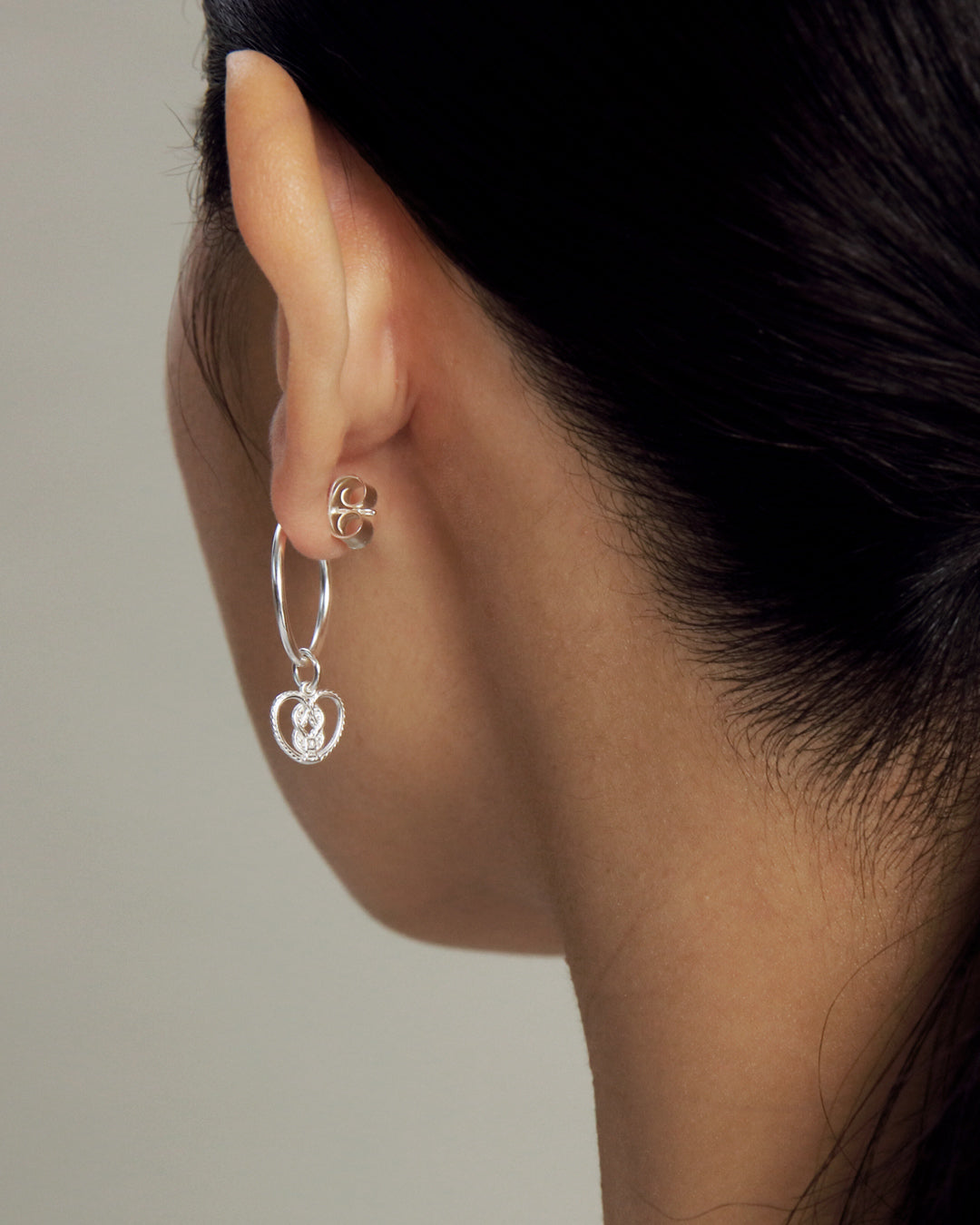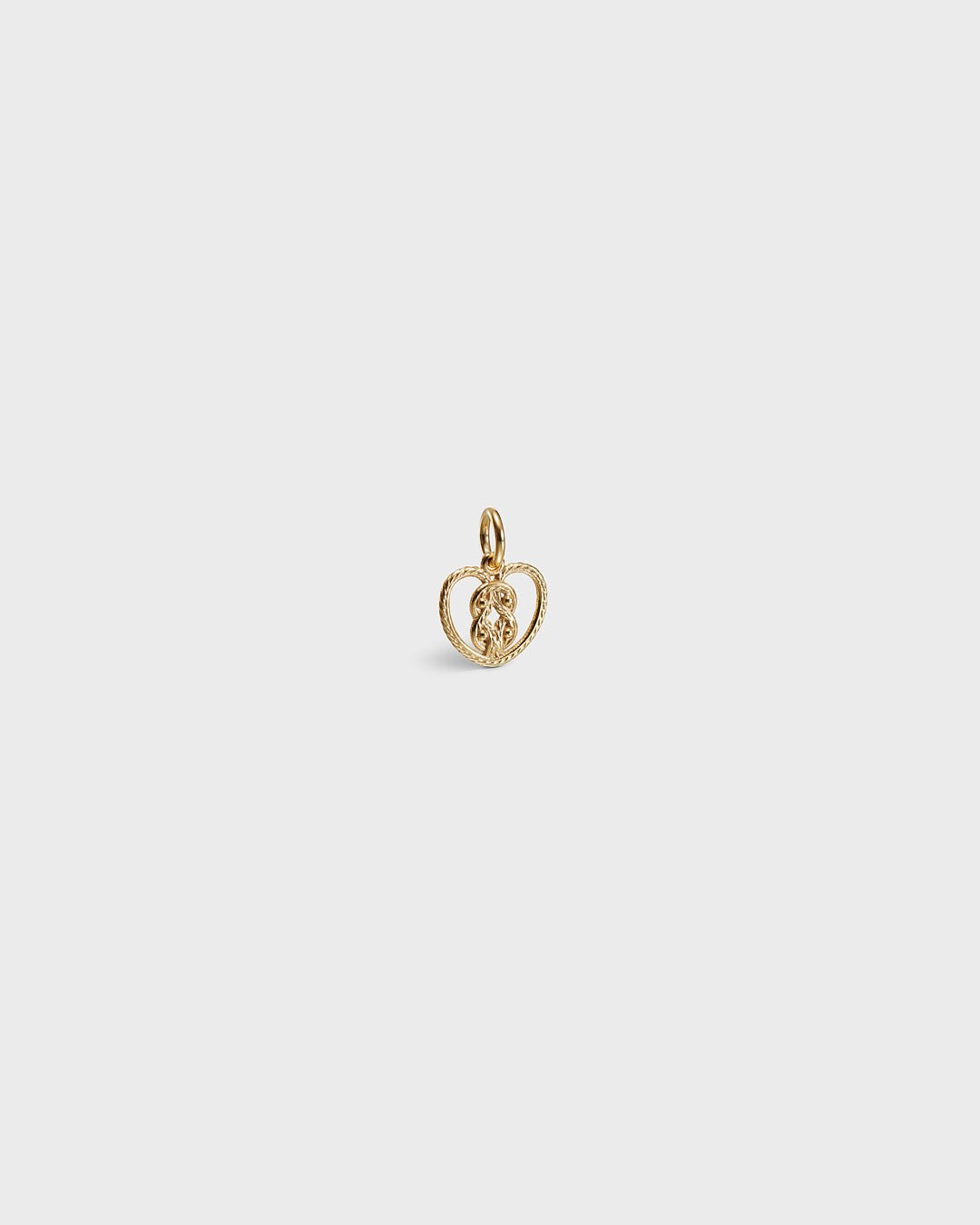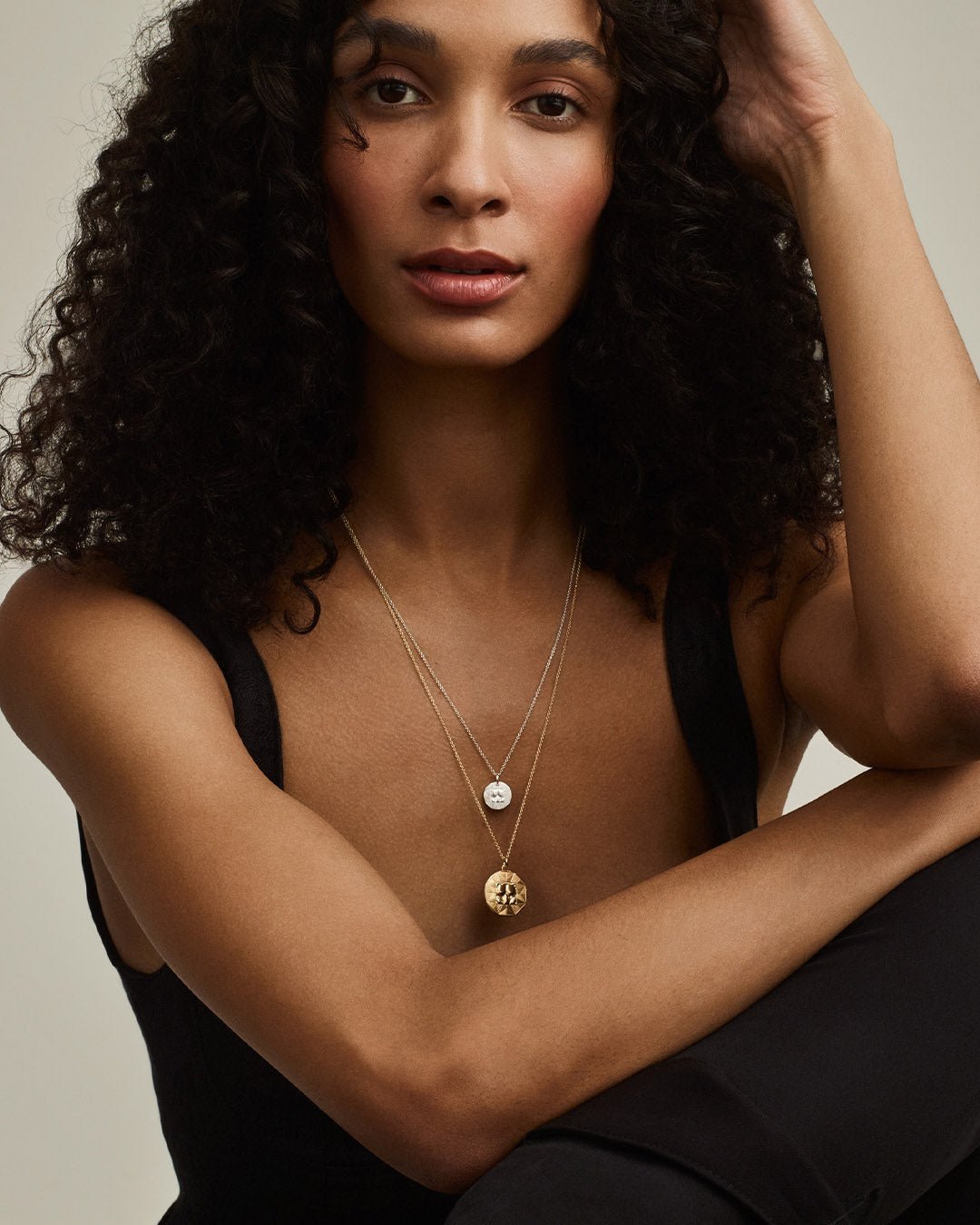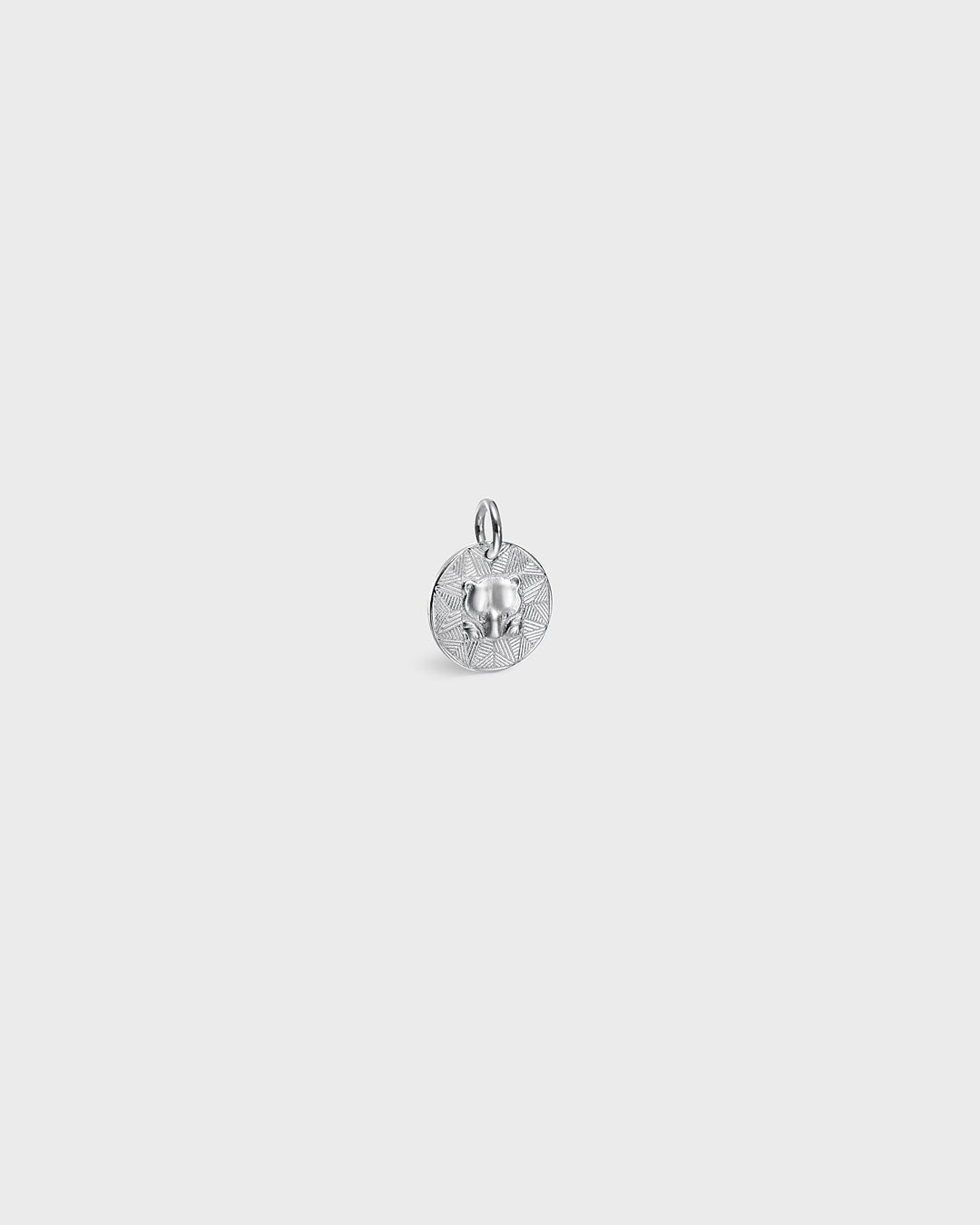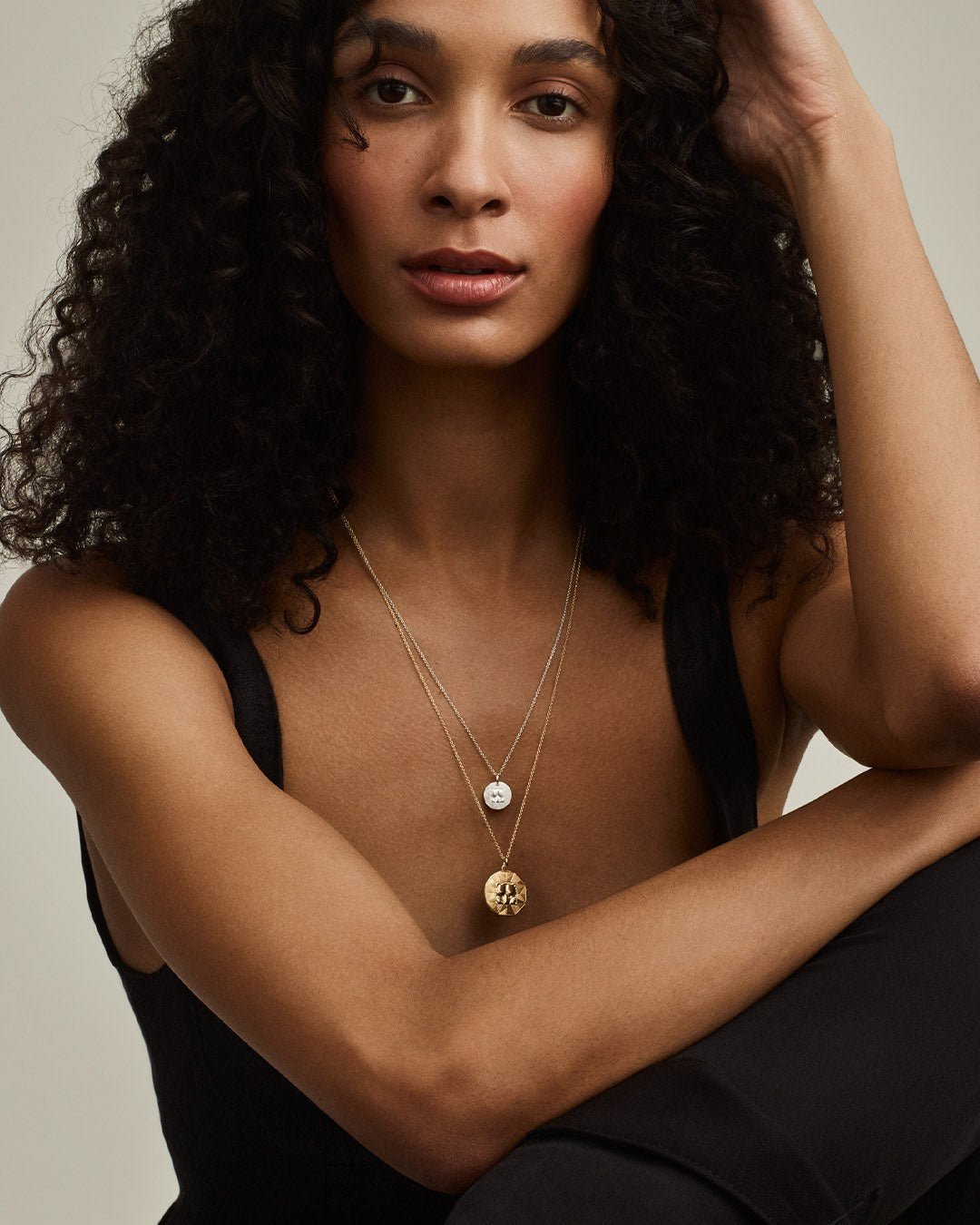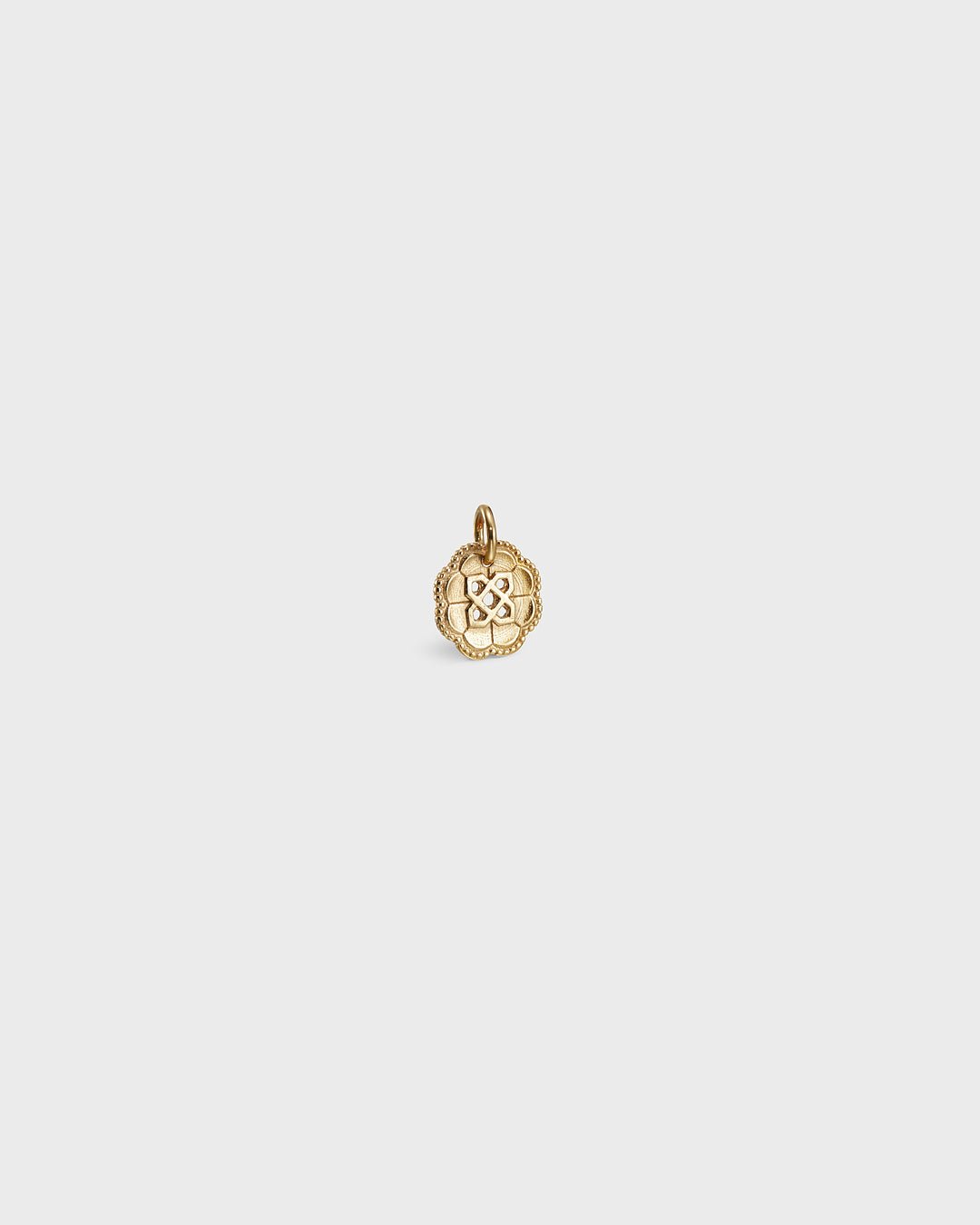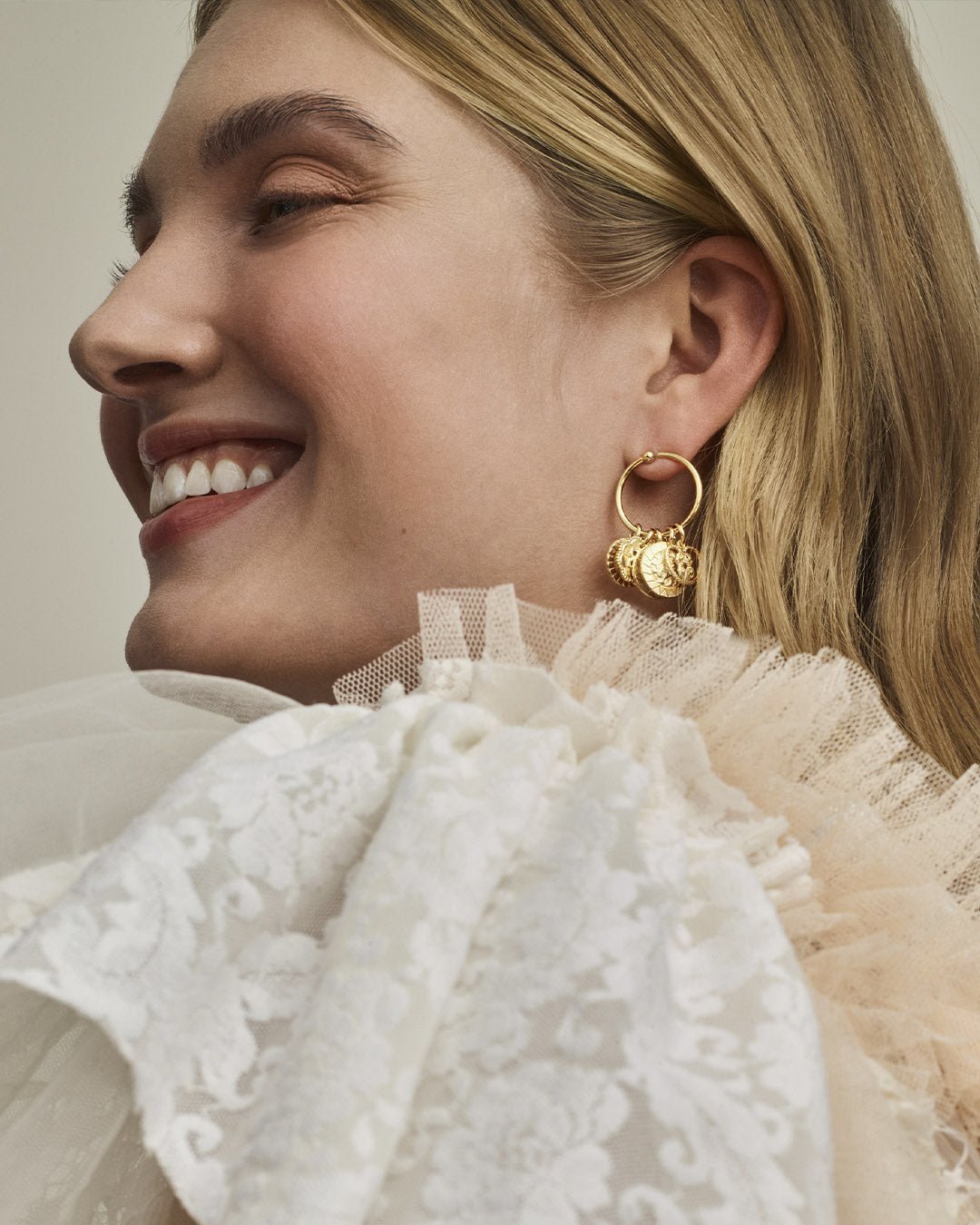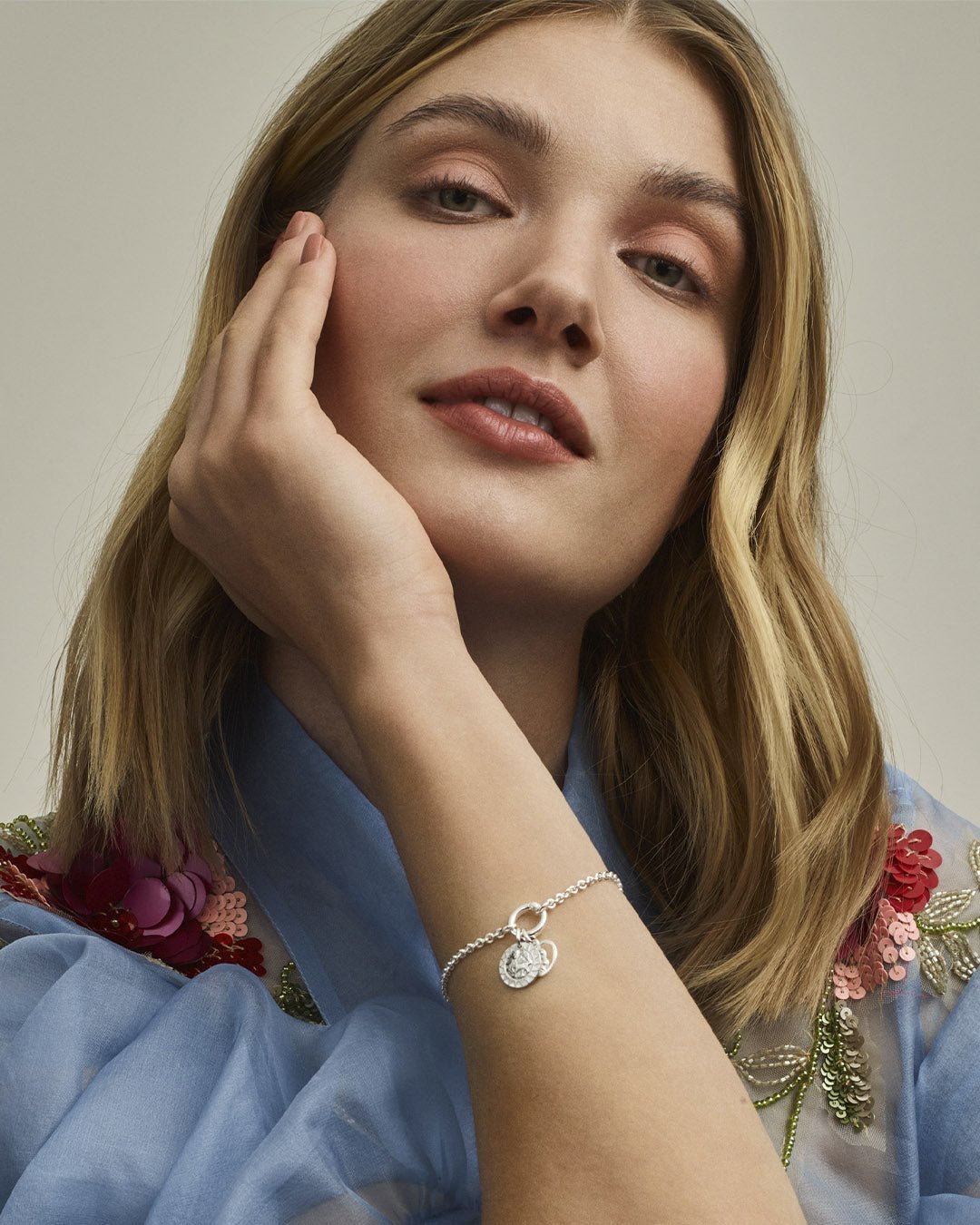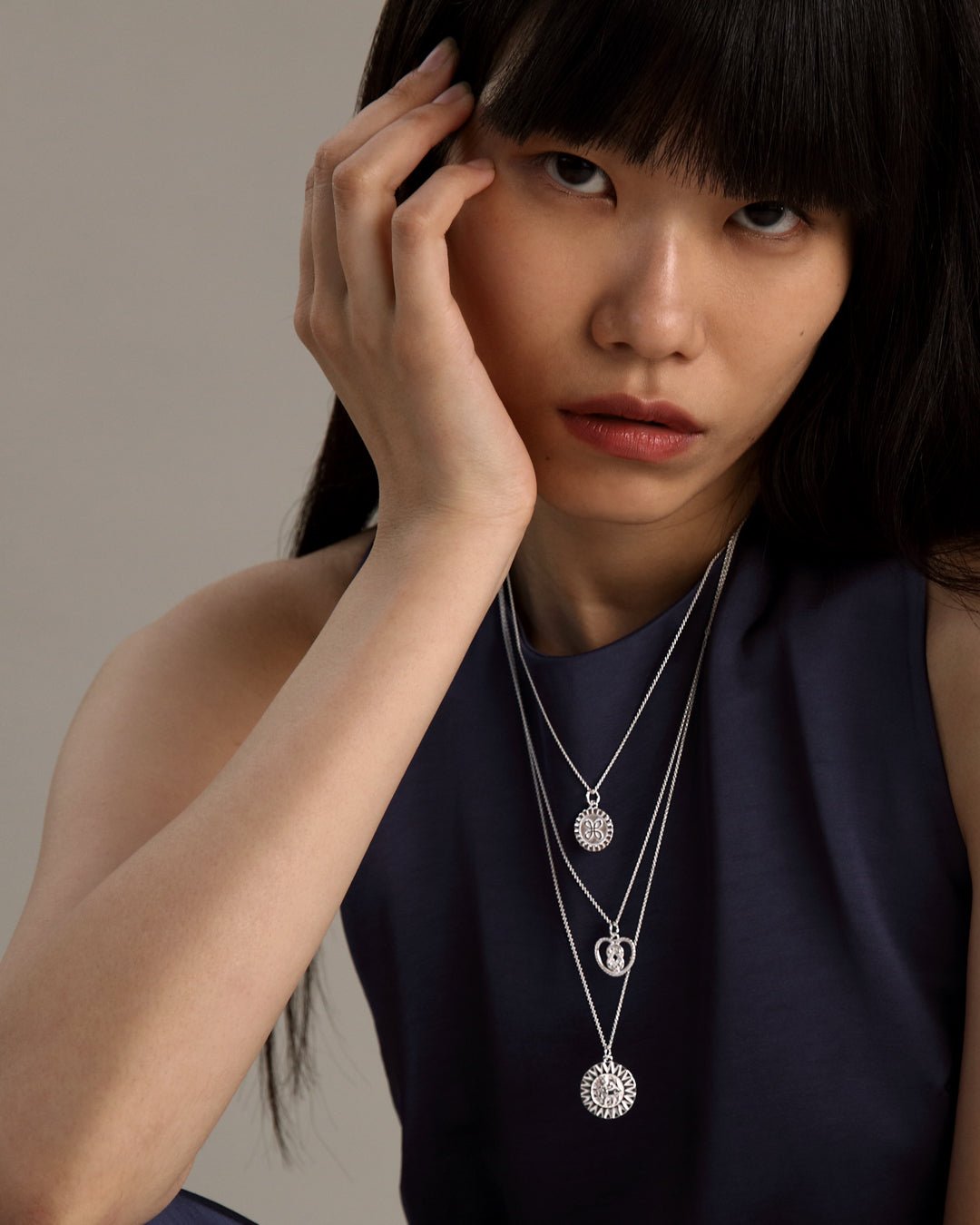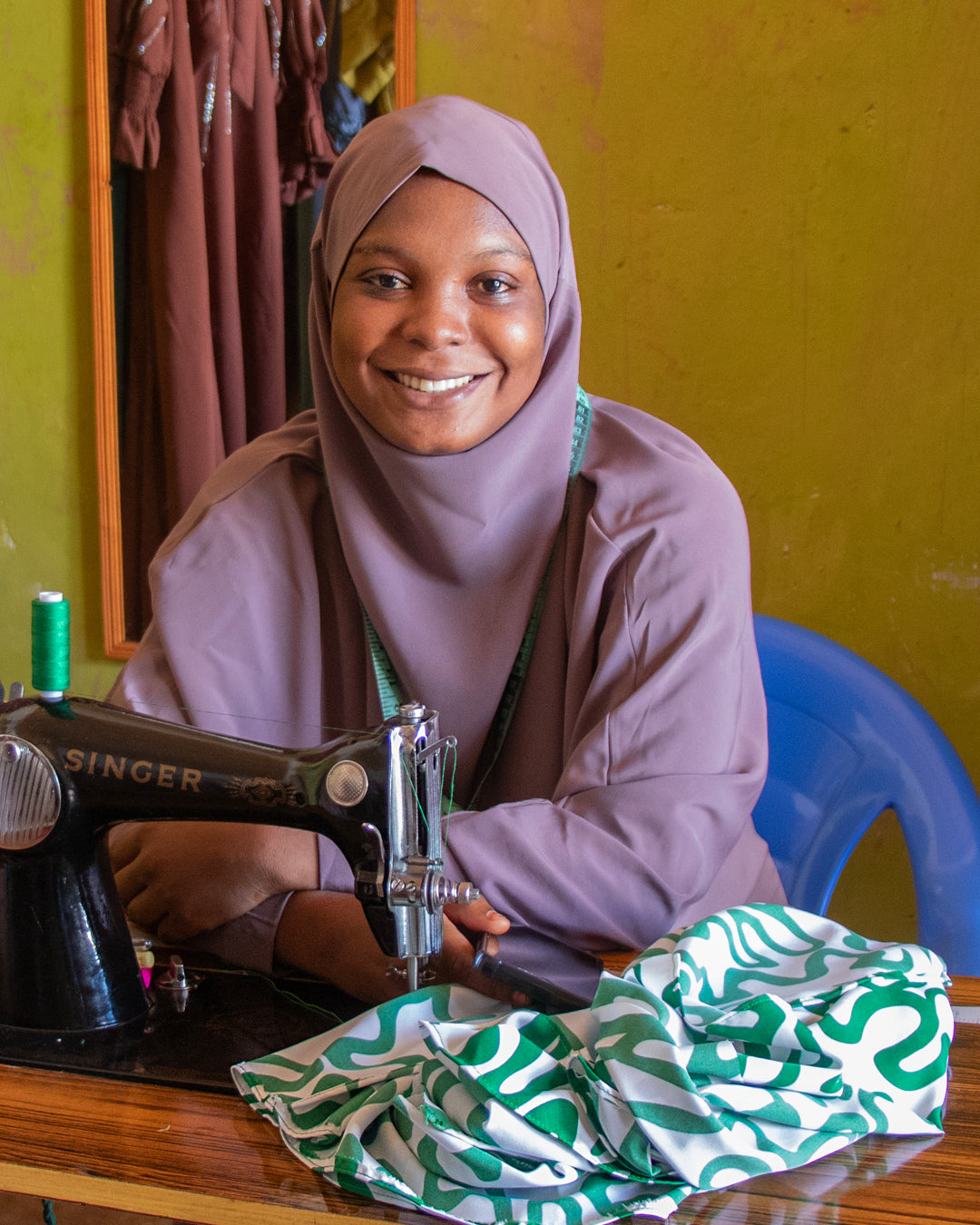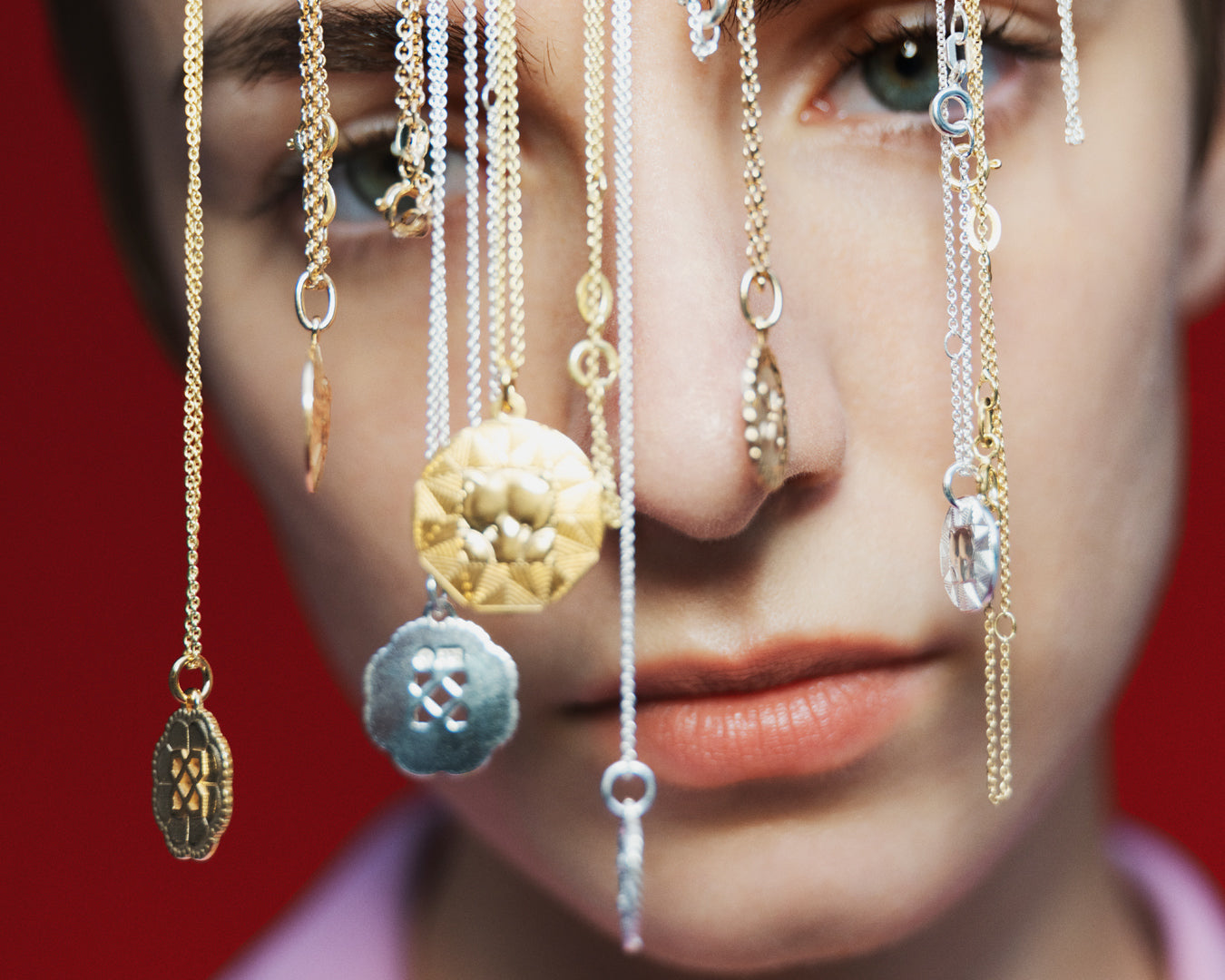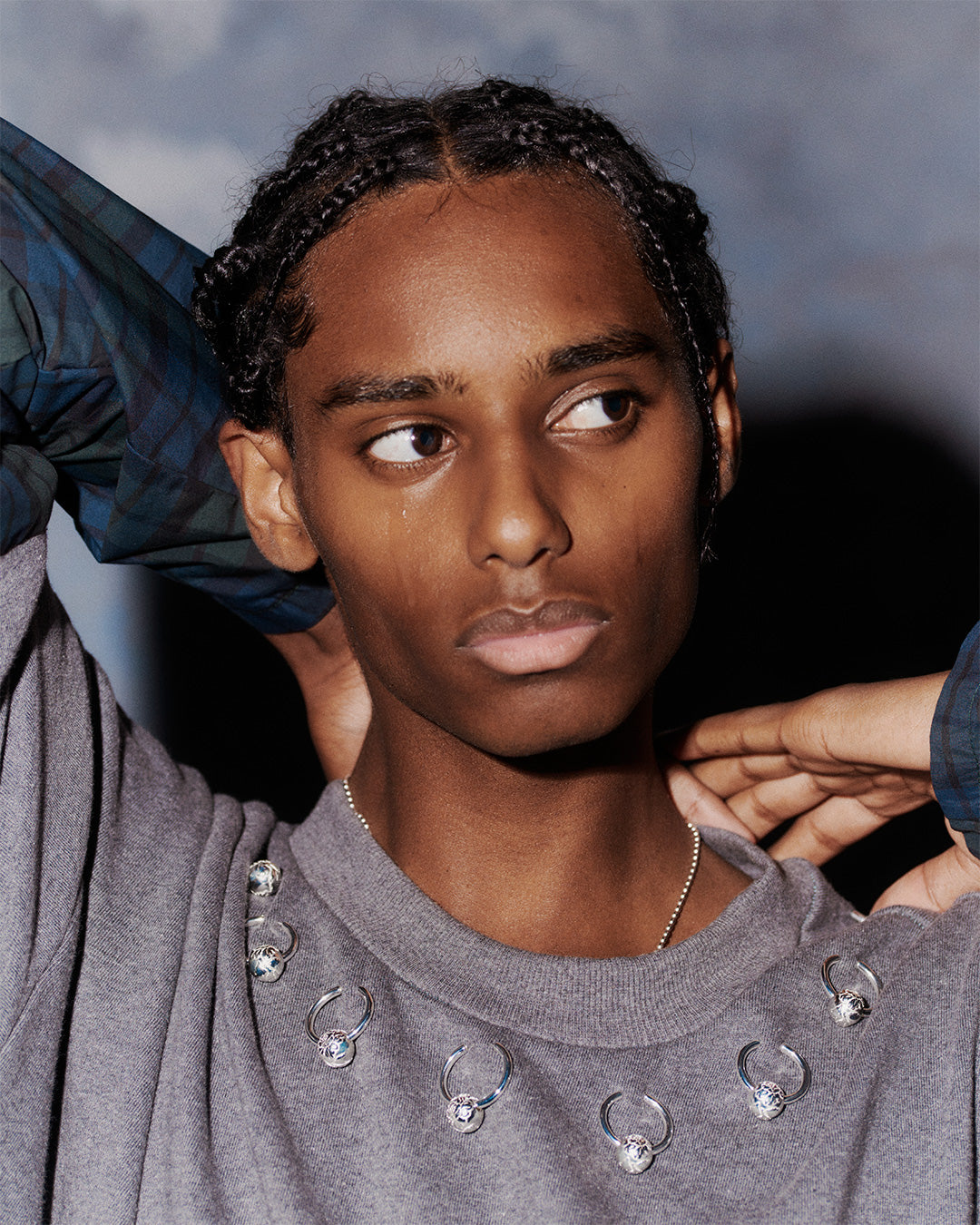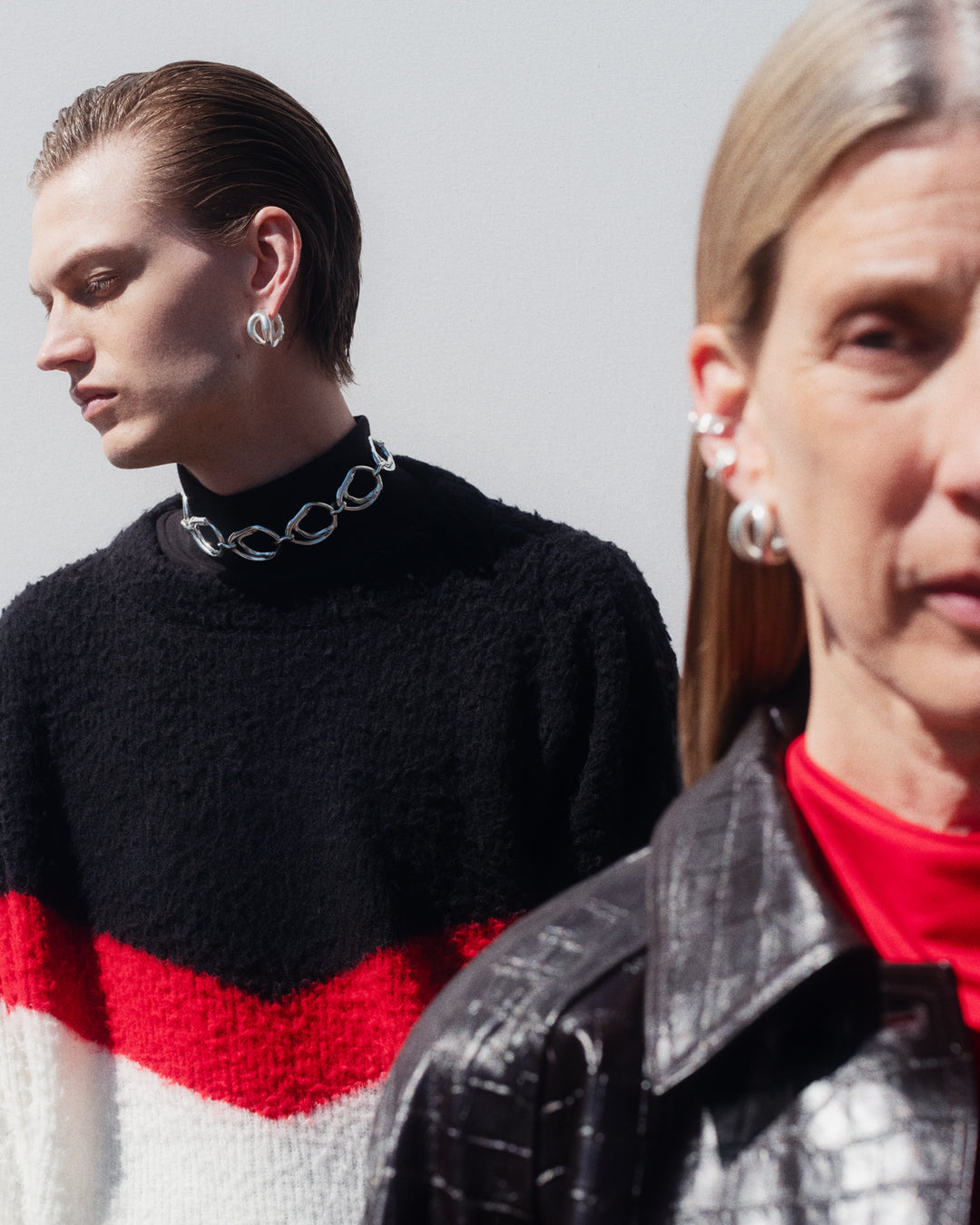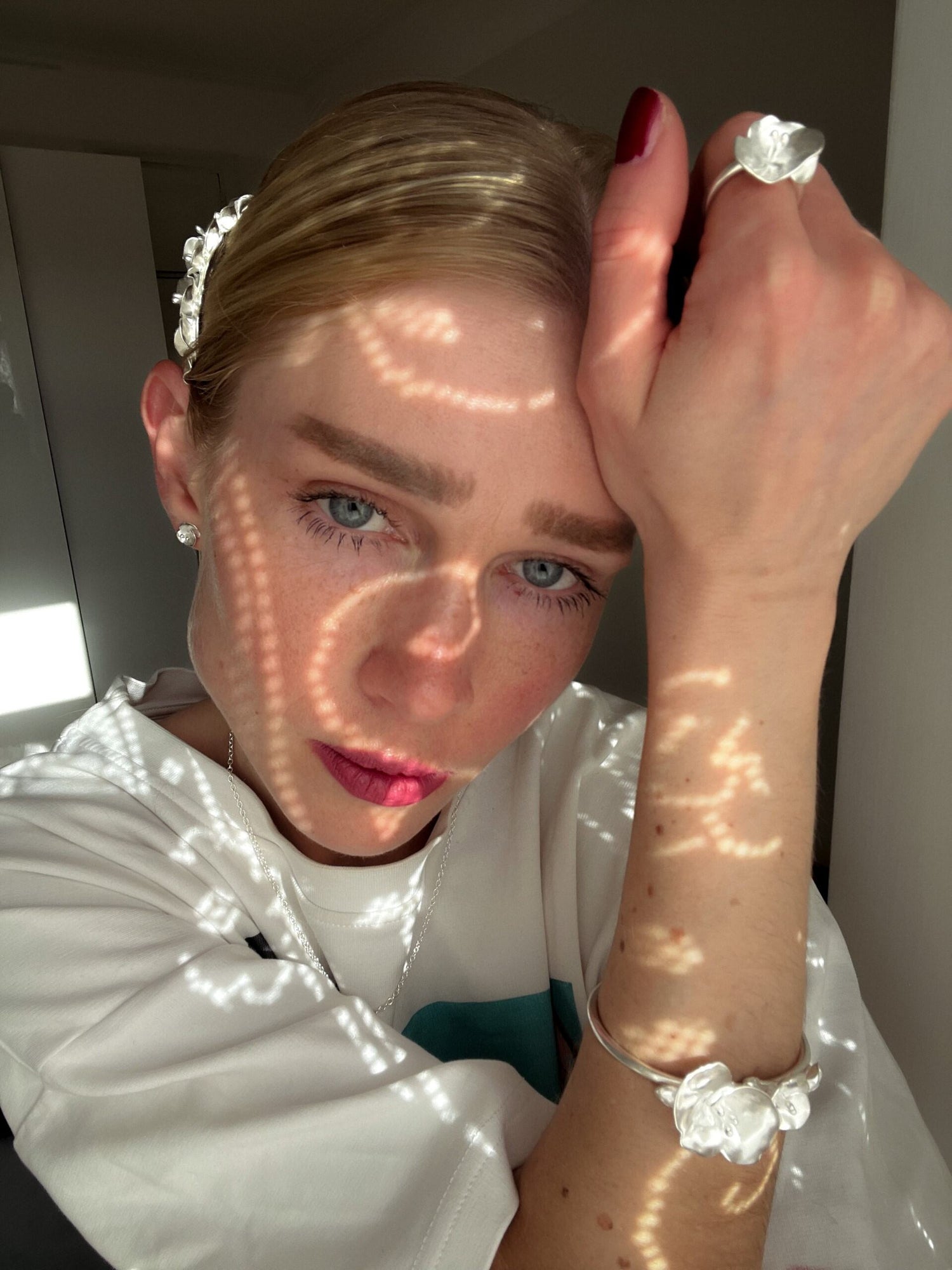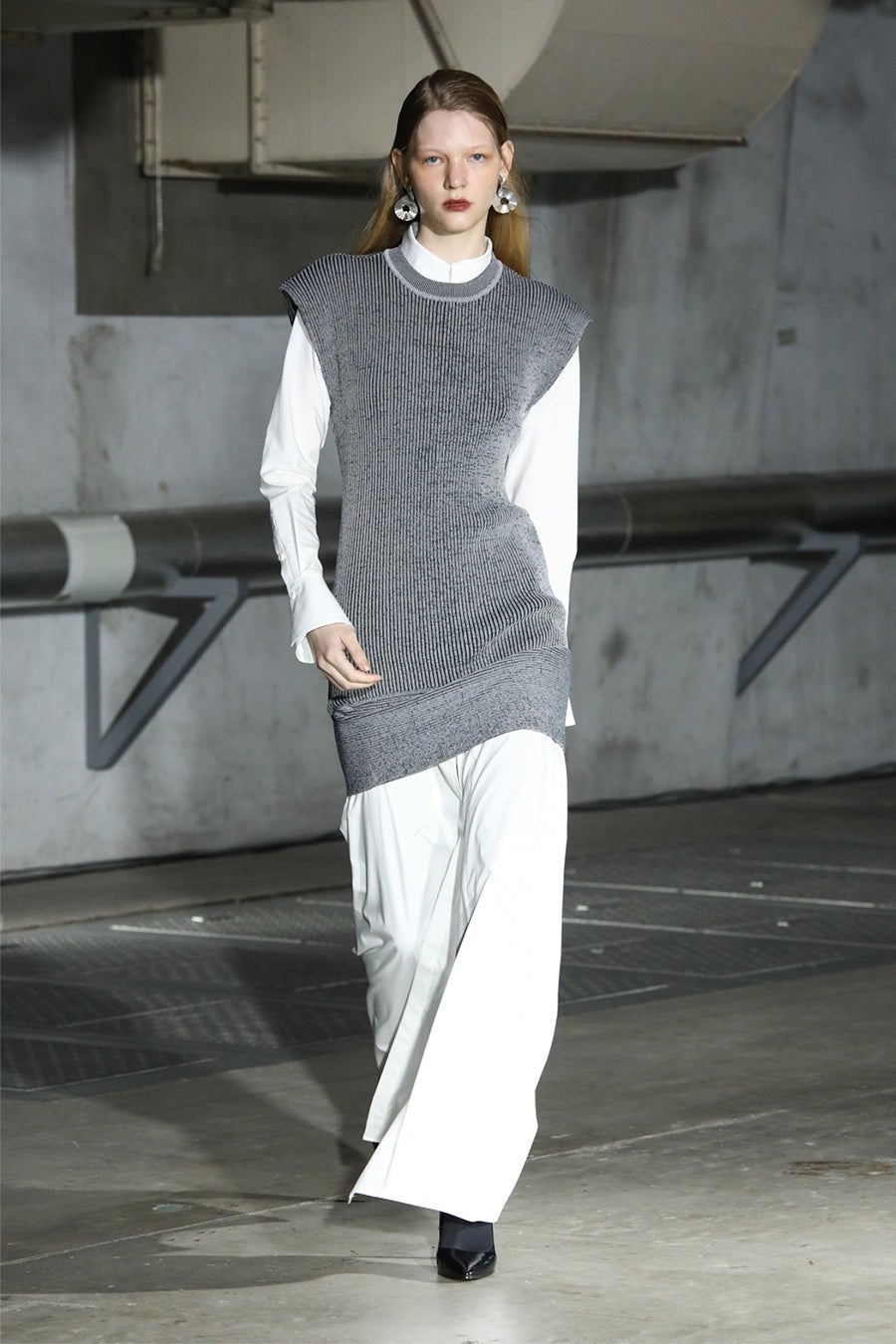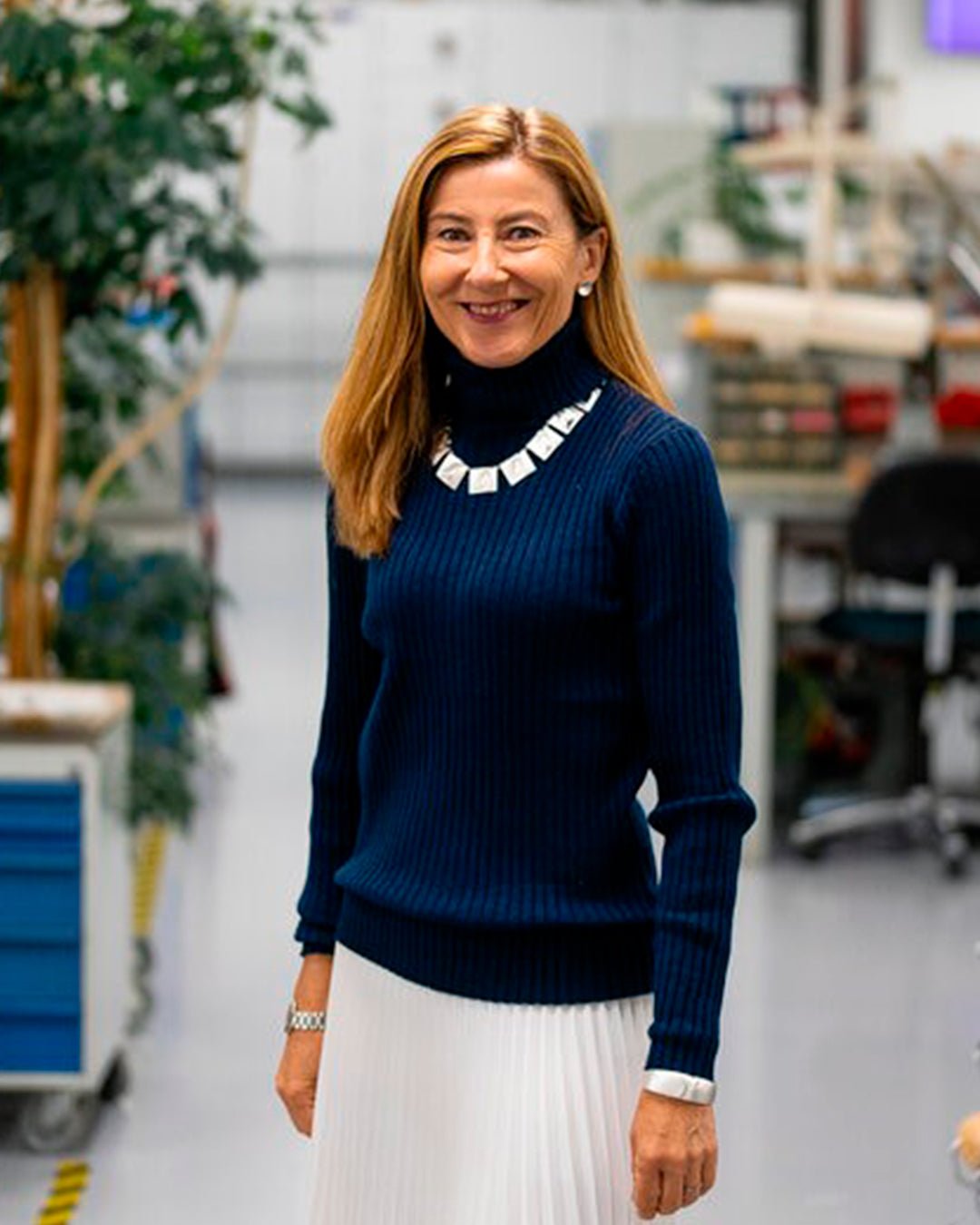Journal
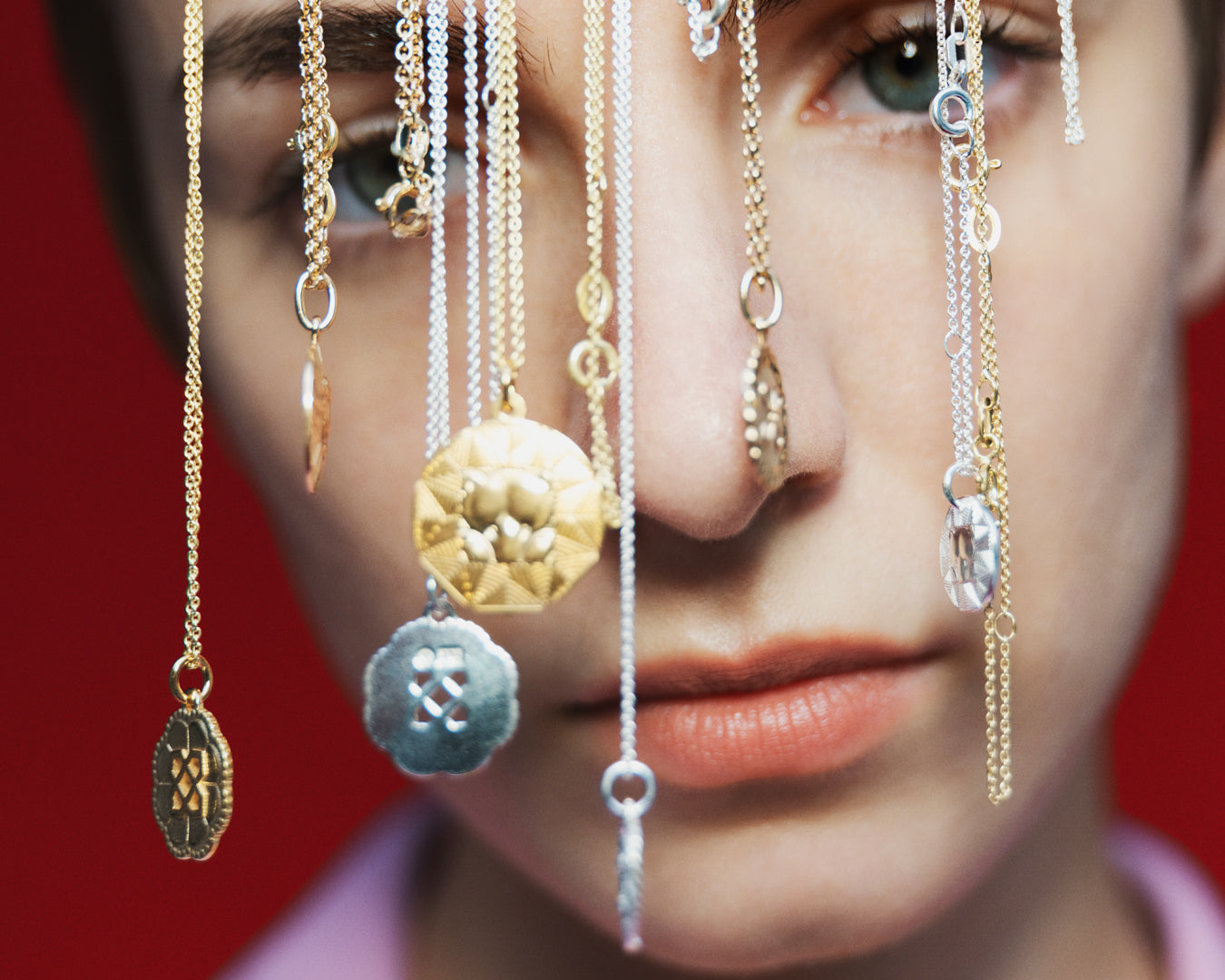
The magic of symbols
For more than 86 years, Kalevala Koru has been making jewelry that draws its inspiration from the jewelry worn by our ancestors in the past. In Kalevala jewelry, the timeless beauty of ancient jewelry and the beliefs attached to it come to life and get a new, contemporary interpretation.
For our ancestors, jewelry was more than just beautiful objects. They were communication tools, symbols and signs that told about the wearer's wealth, status in the community and marital status. In the Iron Age, the mistress of a large house wore handsome bronze rings on her fingers and wrists and hung showy chain devices on her chest, the mistress of a real grand house showed her wealth by wearing silver, maybe even gold. Today, in Western cultures, few people wear their worldly possessions as jewelry, but many jewelry still have a strong symbolic meaning that is understood by everyone, for example a cross pendant or a ring worn anonymously on the left hand.
In the prehistoric jewelry finds in Finland, symbolism is associated with the shapes, decorative motifs and materials of the jewelry. Animals have been important to the northern people who live in nature and from nature. Several pieces of jewelry with bird motifs are known from the Iron Age. Because birds could fly, they were believed to be messengers between humans and gods, carrying messages between earth and other beings.
Waterfowl were also considered symbols of fertility, after all, in Kalevala mythology, the entire universe had its origin from iron and gold eggs, which were laid by a hermit who swam in the open sea on the knee of Ilmattare. Many otherwise abstract pieces of jewelry could be hung with clearly recognizable waterfowl fins cast in bronze to spell fertility. At the same time, the Helína of the fins kept evil spirits and thoughts away.
The Taikalintu amulet announced in February 2024 is based on a bird ornament from the Viking era, which was found in the Tampere region. From the shelter of its nest, the Magic Bird sings to its bearer joy and faith in a happy tomorrow.
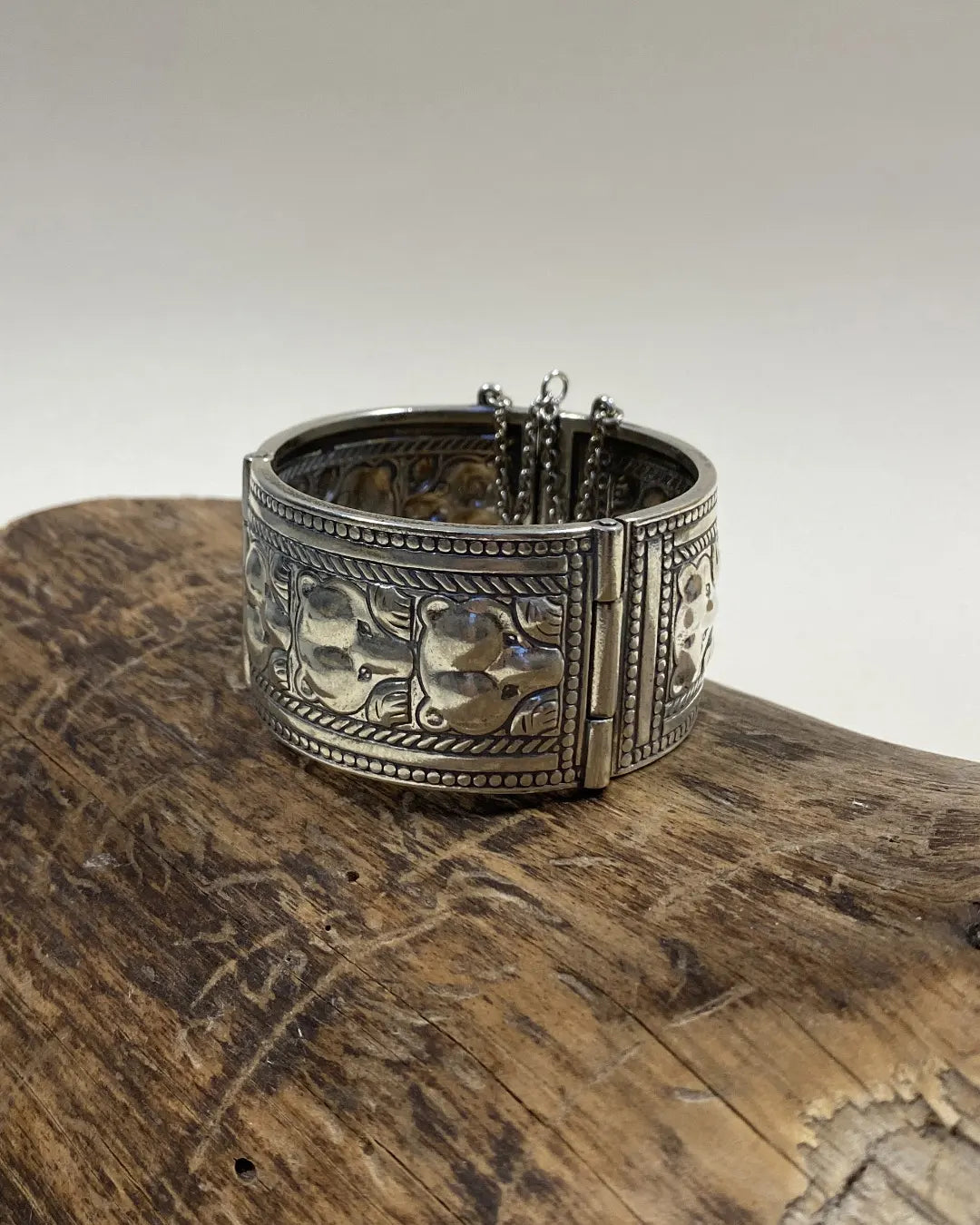
In the prehistoric jewelry finds in Finland, symbolism is associated with the shapes, decorative motifs and materials of the jewelry. Animals have understandably been important to the northern people who live in nature and from nature. Several pieces of jewelry with bird motifs are known from the Iron Age. Because birds could fly, they were believed to be messengers between humans and gods, carrying messages between earth and other beings.
Waterfowl were also considered symbols of fertility, after all, in Kalevala mythology, the entire universe had its origin from iron and gold eggs, which were laid by a hermit who swam in the open sea on the knee of Ilmatar. Many otherwise abstract pieces of jewelry could be hung with clearly recognizable waterfowl fins cast from bronze to cast a spell of fertility. At the same time, the sound of the fins kept evil spirits and thoughts away.
Other animal figures found in jewelry worn by ancient Finns include, for example, a snake, a deer, a wolf, a horse that brings light and health, and of course the bear, the king of the forest, a symbol of strength and wisdom. According to the Kaleva mythology, the bear was the son of Hongatar himself, born on the shoulders of a giant. One of the first Kalevala jewelry was a wide bracelet with bear heads leaning on paws. The same bear's head adorns one of our amulet, the Northern Bear.
When you wear Kalevala jewelry, you become part of a chain of generations, stories and beliefs that stretches back through time. You may find that the magic of jewelry is still there.

Even more exotic jewelry depicting animals has found its way here to the North. In Halikko, in 1887, an early medieval silver treasure was uncovered from the bosom of the earth during the spring plowing, with a round reliquary box attached to the chain of the crucifix belonging to it. The box's valuable contents are guarded by a gallant, bushy-crested lion immortalized on its cover. The lion was chosen as the subject of Kalevala Jewelry's 60th anniversary jewelry series. The jewelry series was named Sun Lion. Today, the familiar Sun Lion adorns our bronze, silver and gold Amulet pendants . Carry the Sun Lion - you get the strength and courage of a lion.
For Finns, the best-known of ribbon braids is probably the hannumakuna, or knot cross, an ancient symbol that protects against evil.
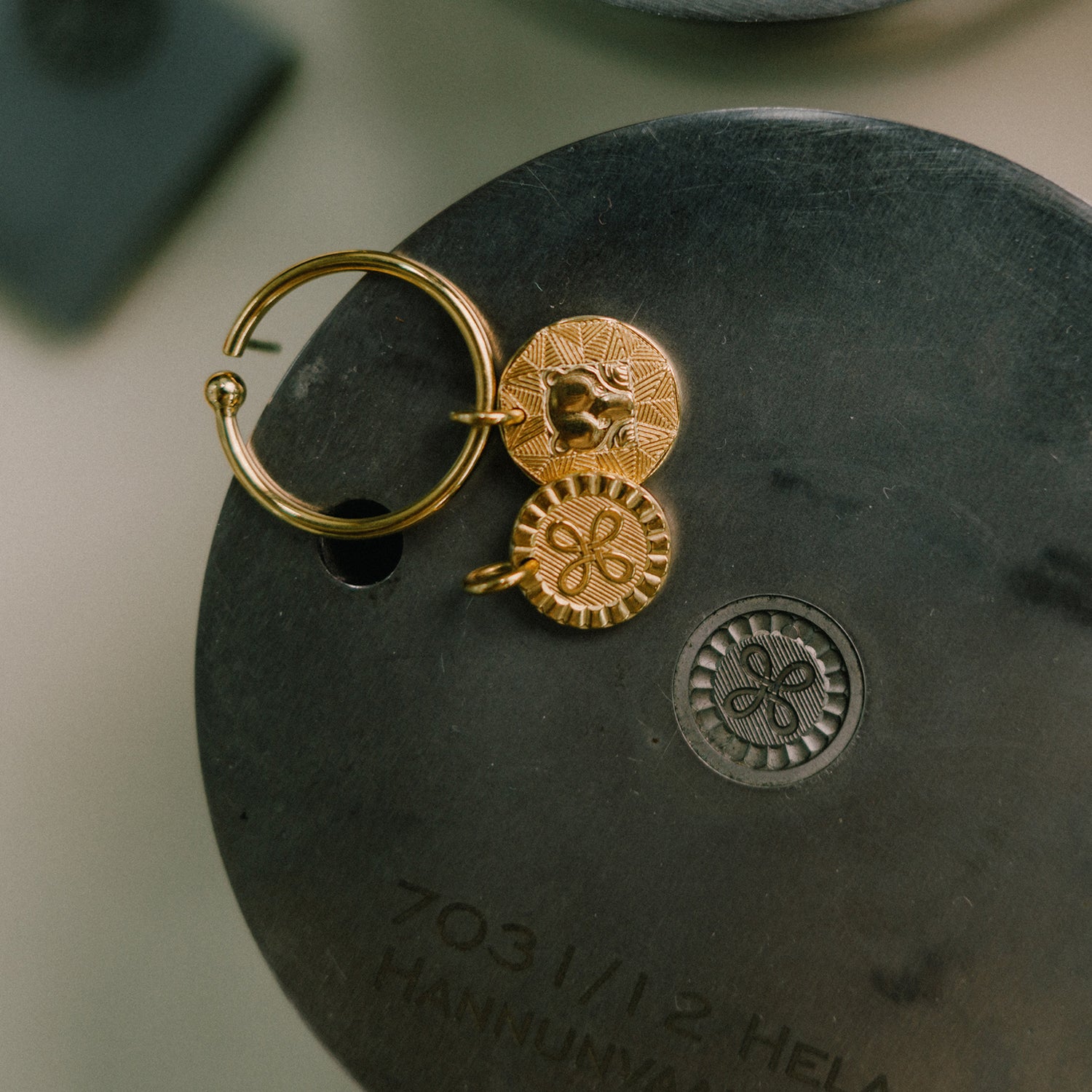
Various knots and ribbon braids were popular decorative motifs in Iron Age jewelry. Knots symbolize loyalty, union and love, the loops and often very complex braids formed from one endless ribbon represent the eternity of time and the universe. For Finns, the best-known of ribbon braids is probably the St John's Arms, or knot cross, an ancient symbol that protects against evil. The coat of arms got its name from John the Baptist, but the origin of the sign is pre-Christian.
Today, the coat of arms can be seen on road signs as a sign of a tourist attraction, while the older generations remember the coat of arms on the bottom of the pocket from the five-pence coins. Kalevala Jewelry's collection has included jewelry with St John's Arms motifs since the very first collection, announced in 1937, with the newest addition being the St John's Arms Amulet.
Familiar string braids from our old jewelry are also the Sailor's Knot Amulet and the Teljä Maiden Amulet. Other common symbols and decorations in Iron Age jewelry were the round bull's eye and knobs or pins rising from the surface of the jewelry. We don't know if there was any special symbolism associated with the pegs, but the Finns, especially during the Viking Age, were so enamored with them that if there are any of them in jewelry from the period, the jewelry was almost certainly made in Finland.
The relative value of different metals has been understood for as long as metals have been known. Jewelry made of precious metals showed one's status and wealth, but metals could also be associated with other symbolism. An interesting example is the Sámi people of the Middle Ages, who believed in the power of stamped silver. A silver pendant button was sewn into the baby's collar to protect the child, so that the evil gnomes could not exchange him for their own child because they were not believed to have stamped silver.
When you wear Kalevala jewelry, you become part of a chain of generations, stories and beliefs that stretches back through time. You may find that the magic of jewelry is still there.
Amulets
Goldsmith and jewelry designer Lina Simons has designed the Amuletti series. In an interesting article, Lina talks about the creation process of Amulets and her own design philosophy.
Blog author: Mari Kotka & Ville Jokela

